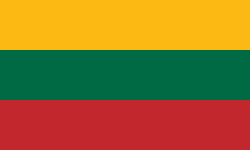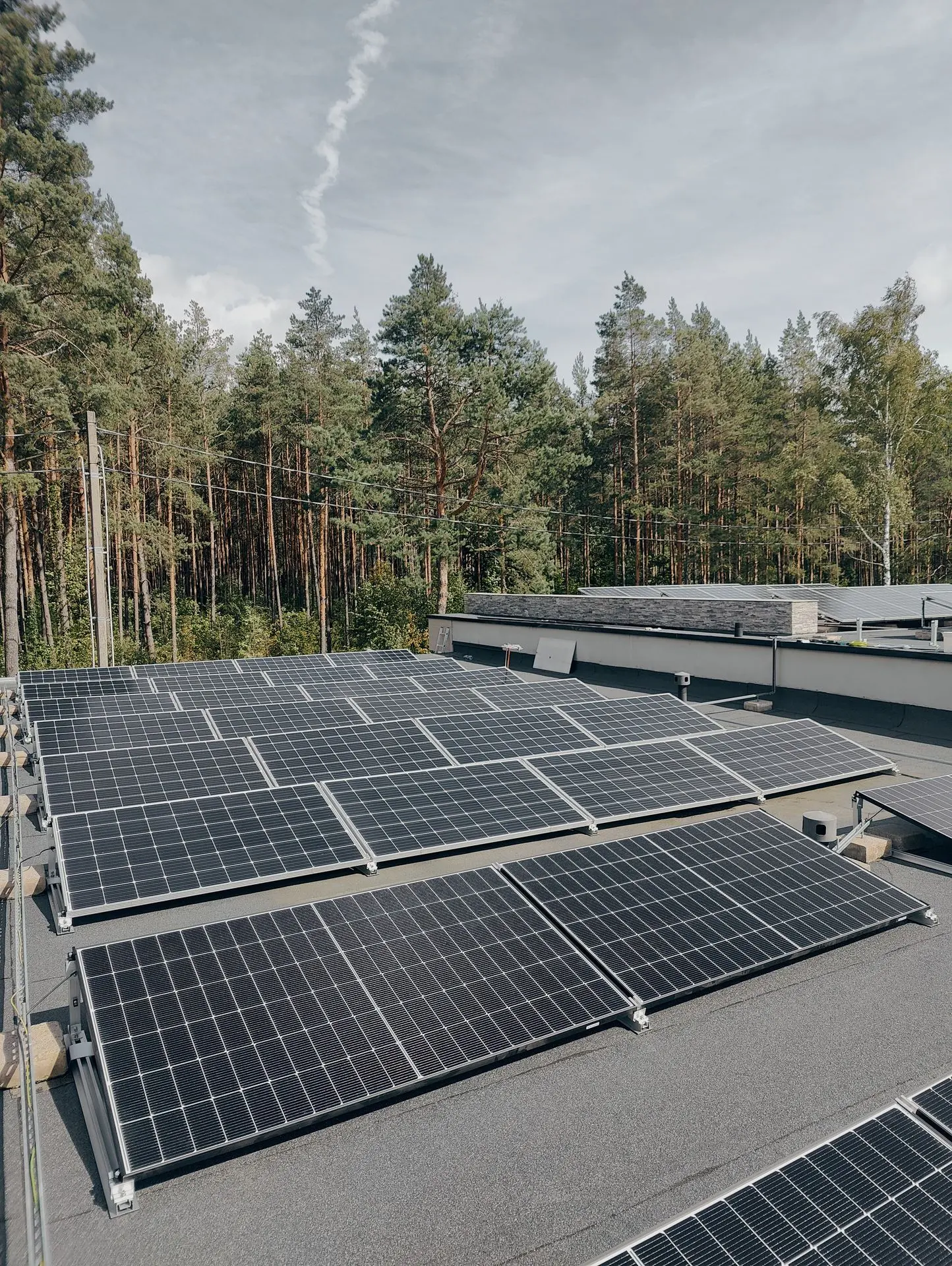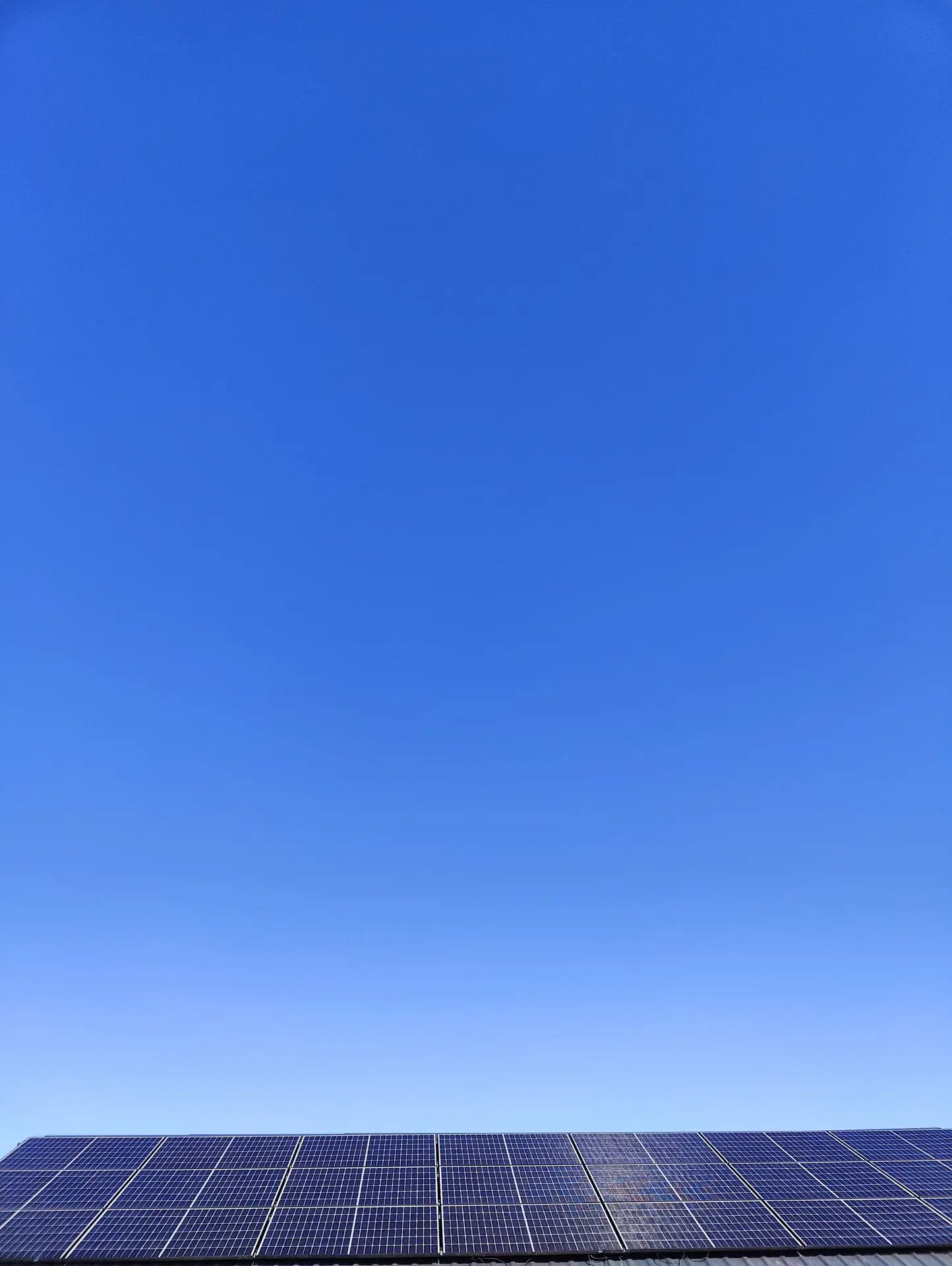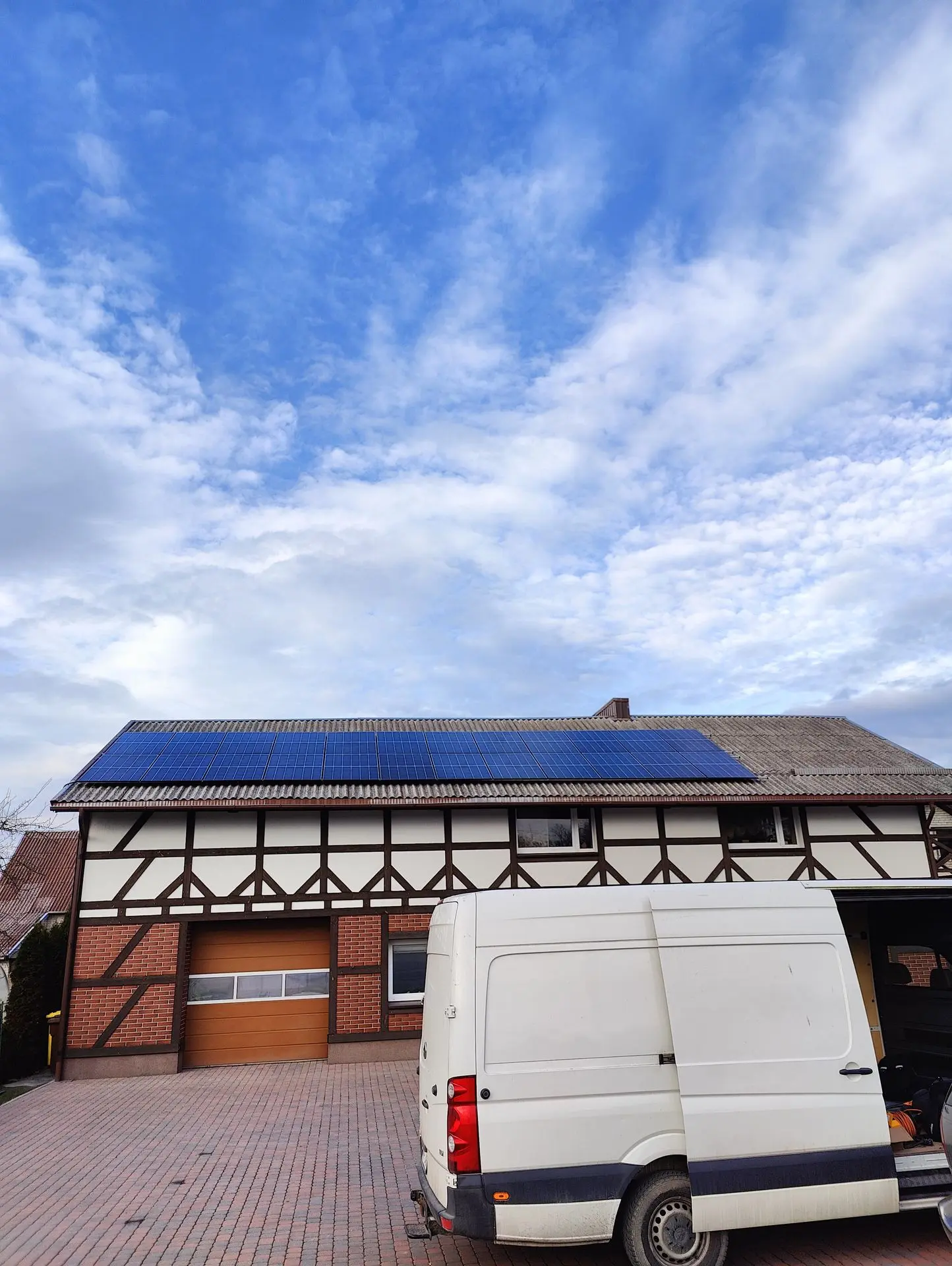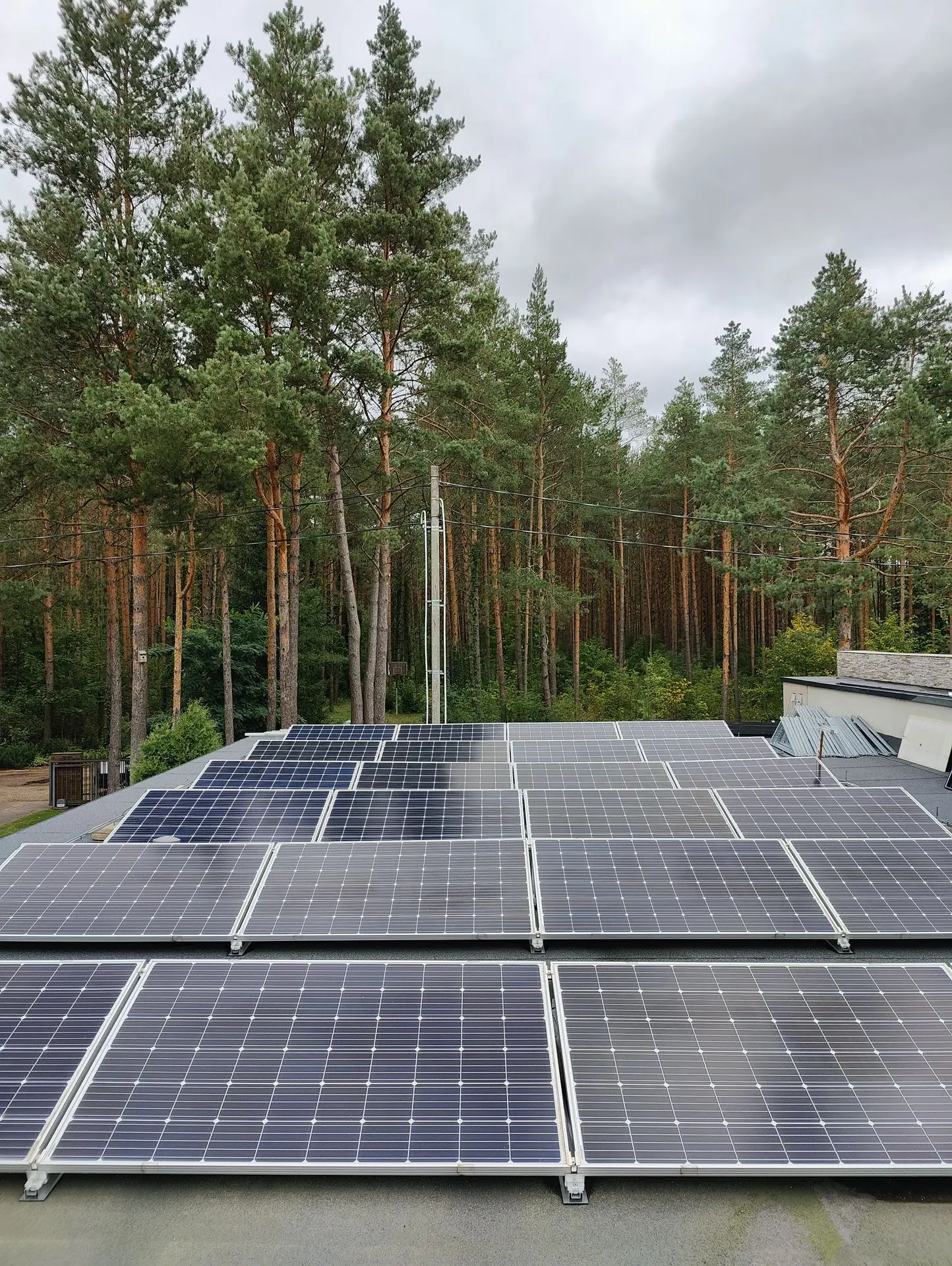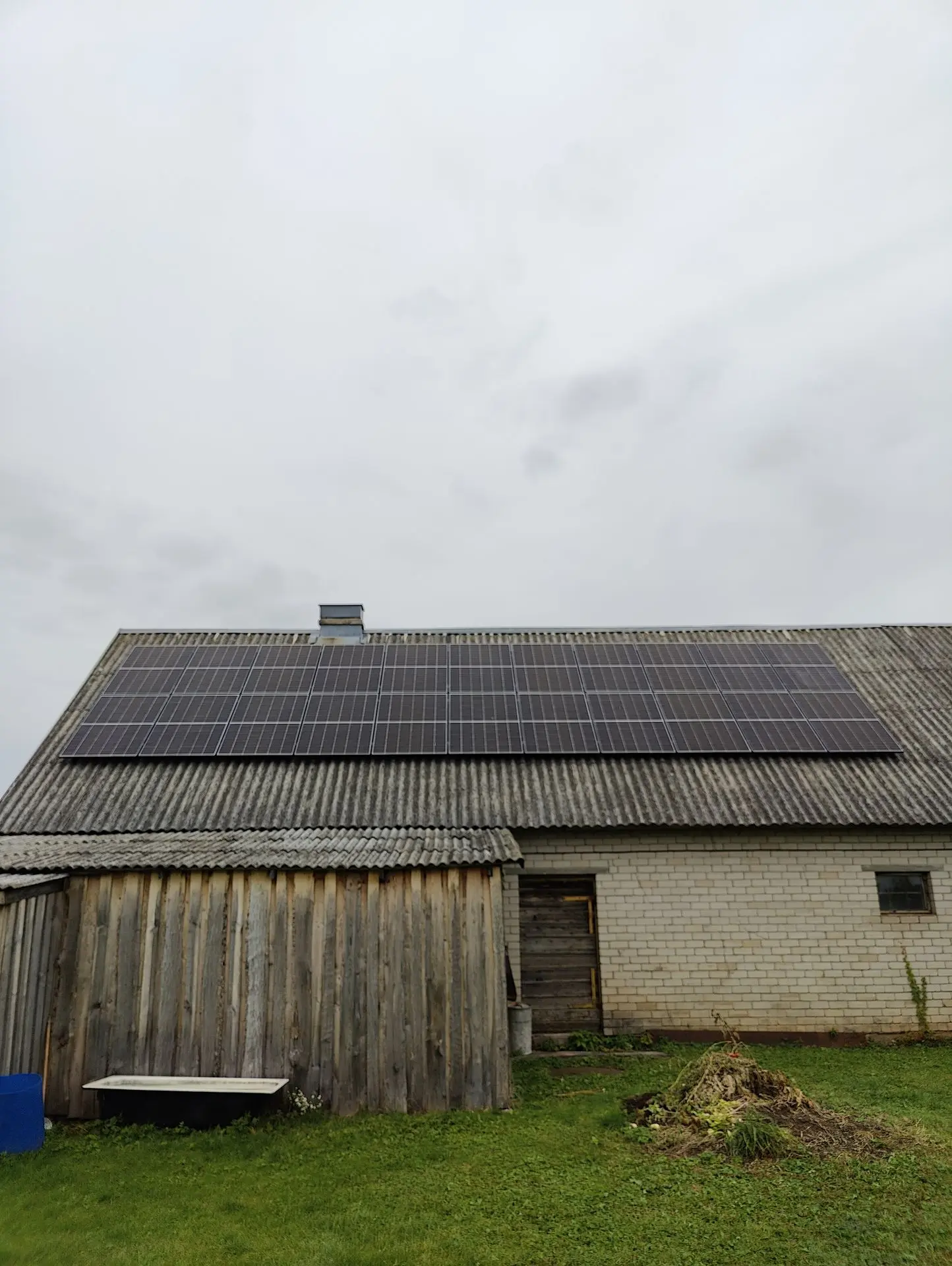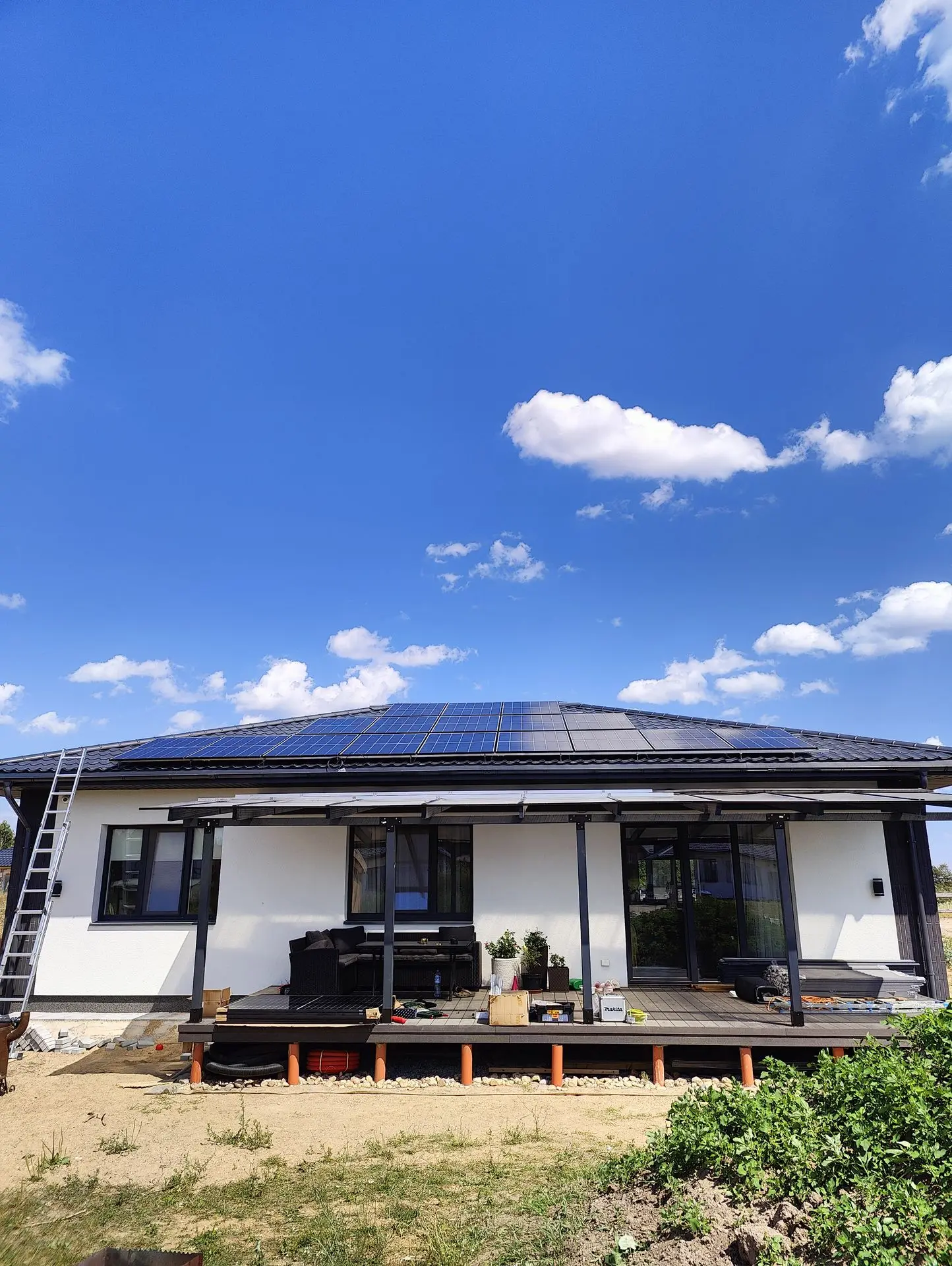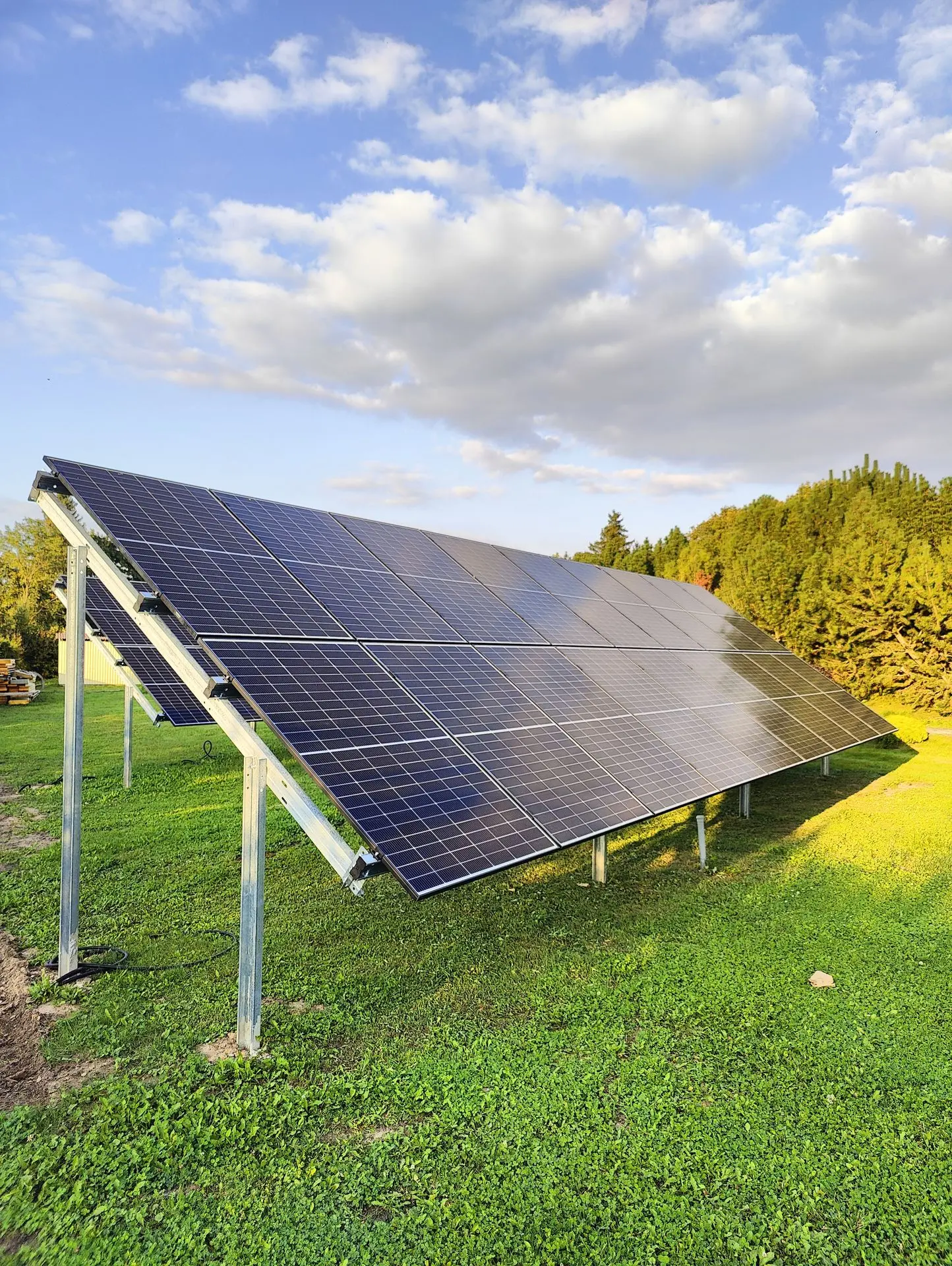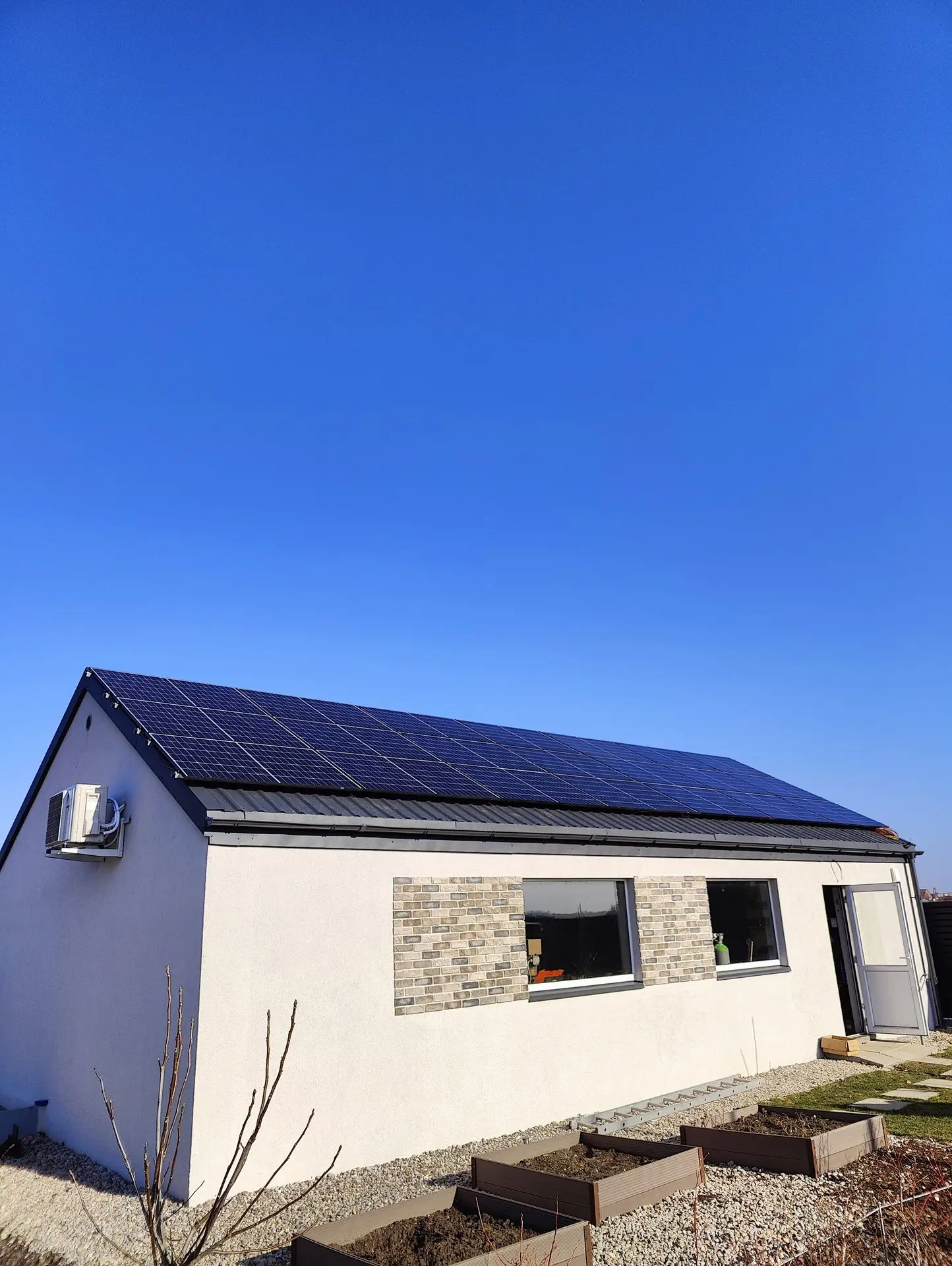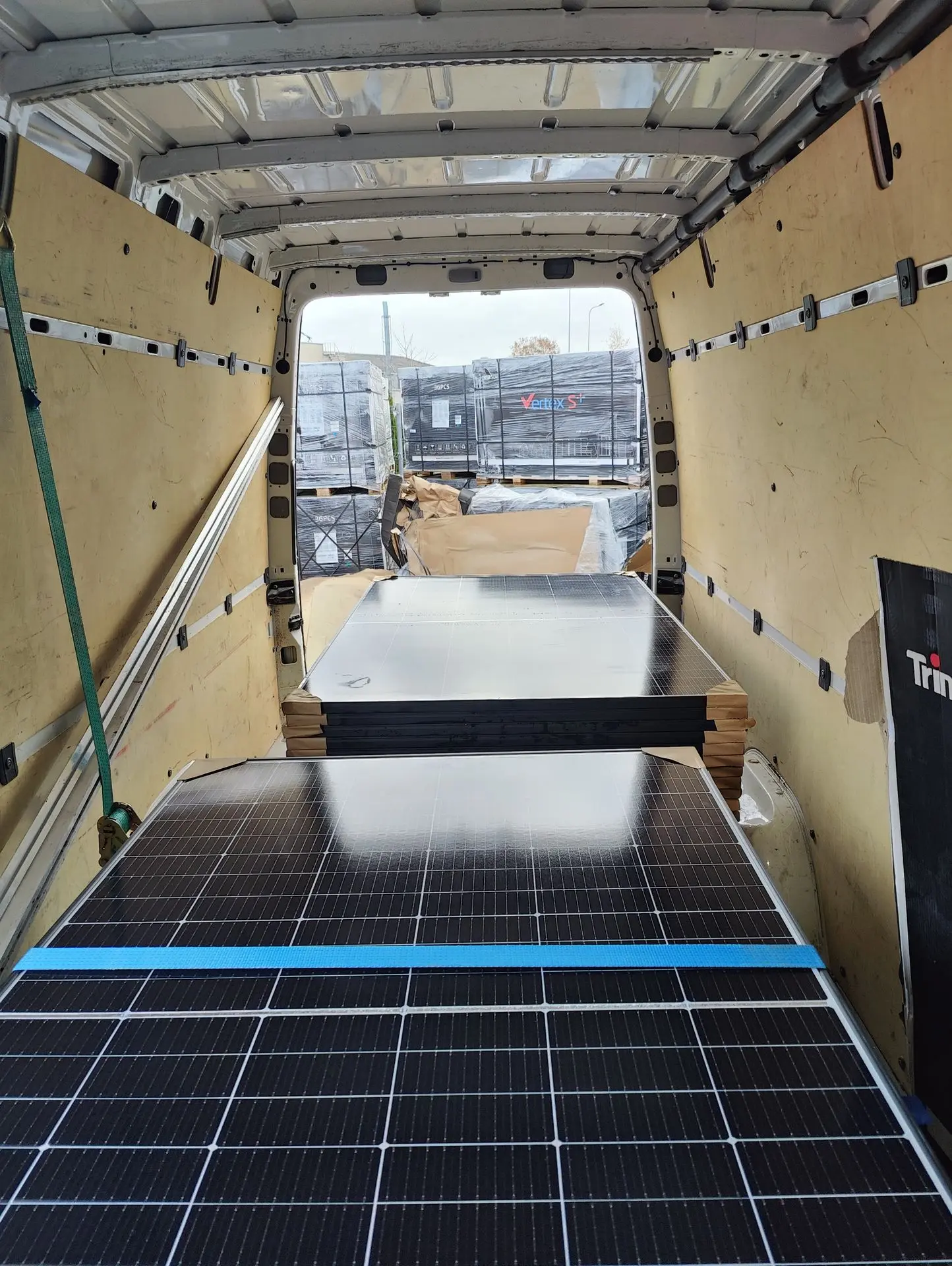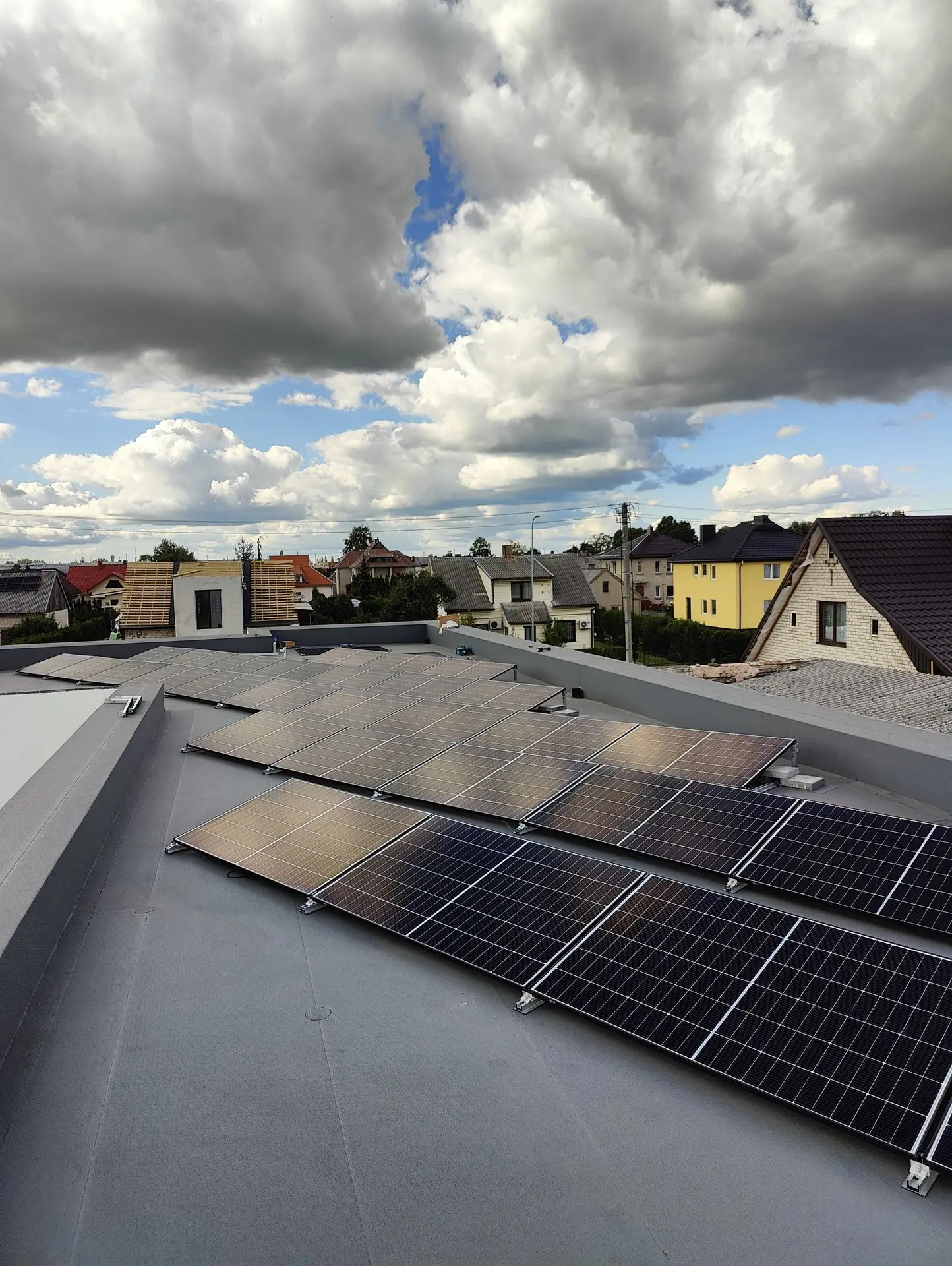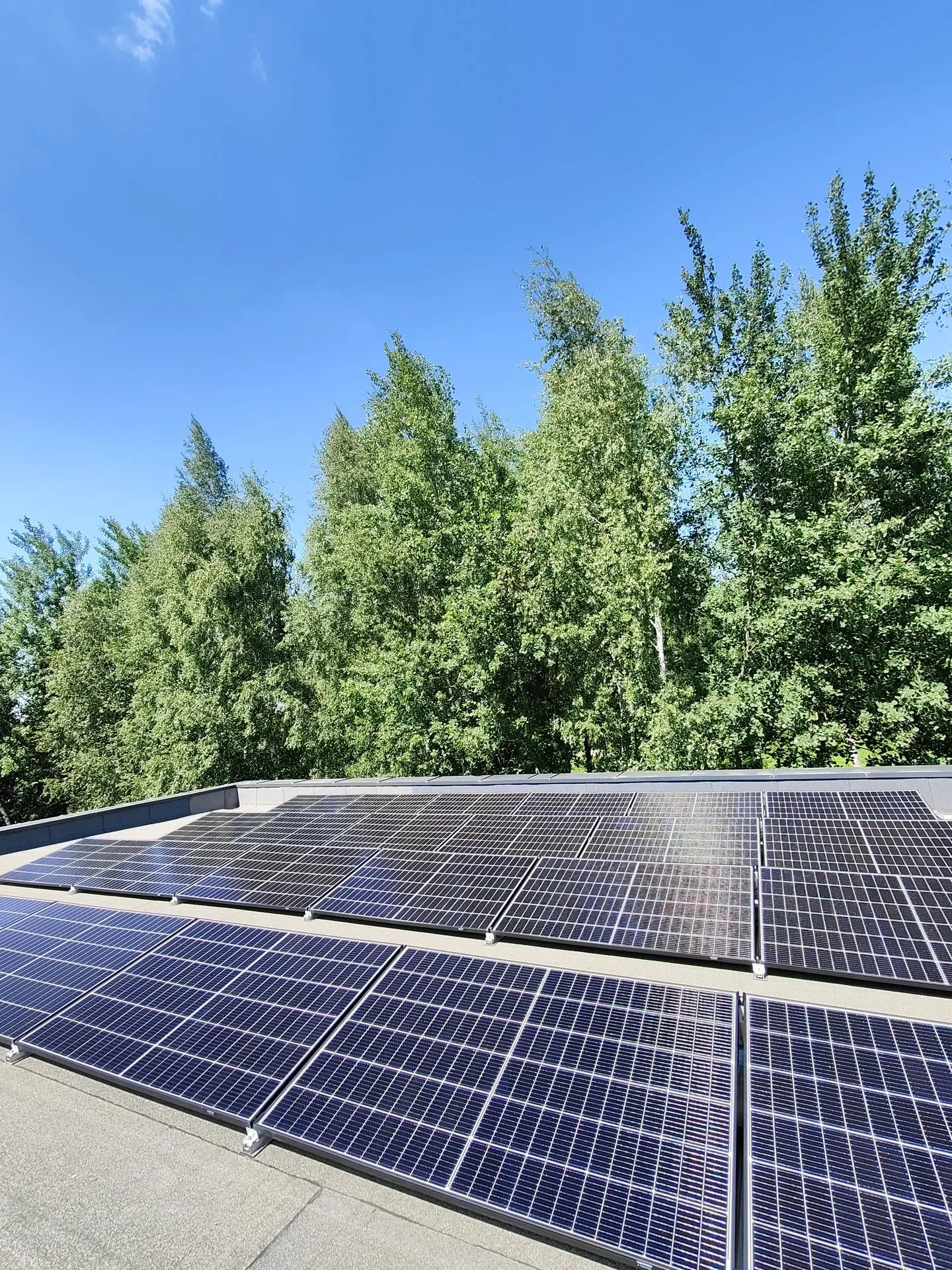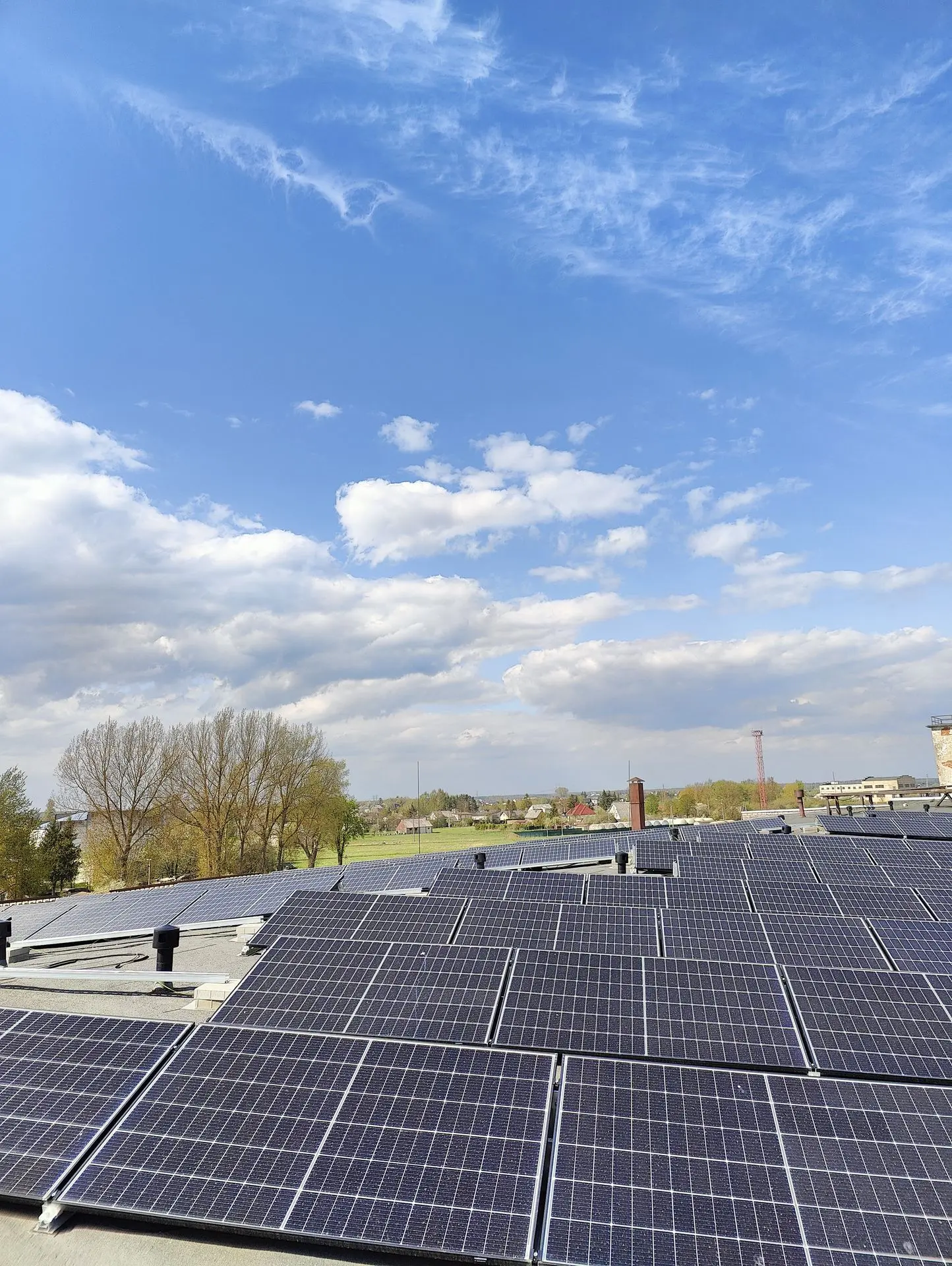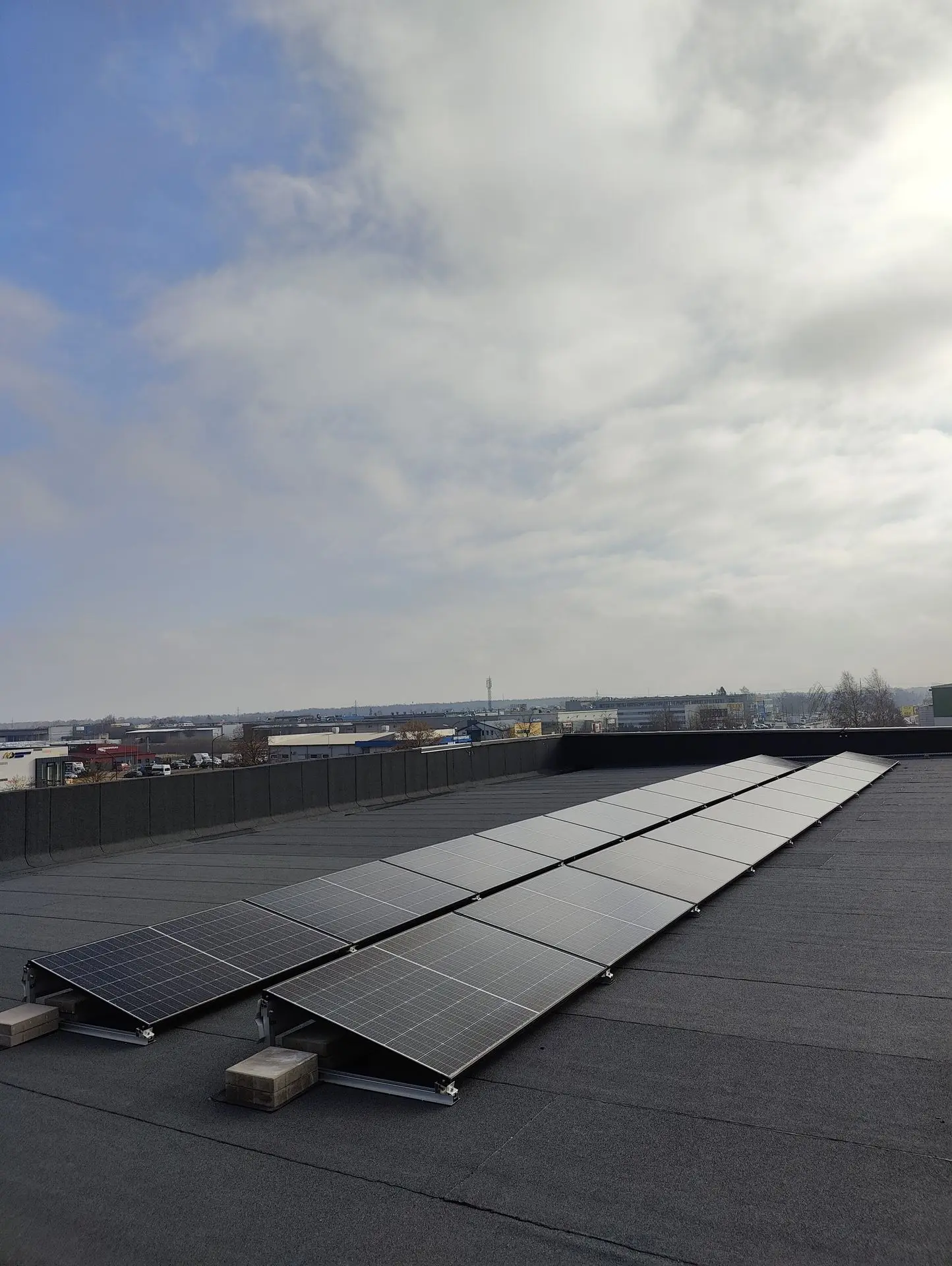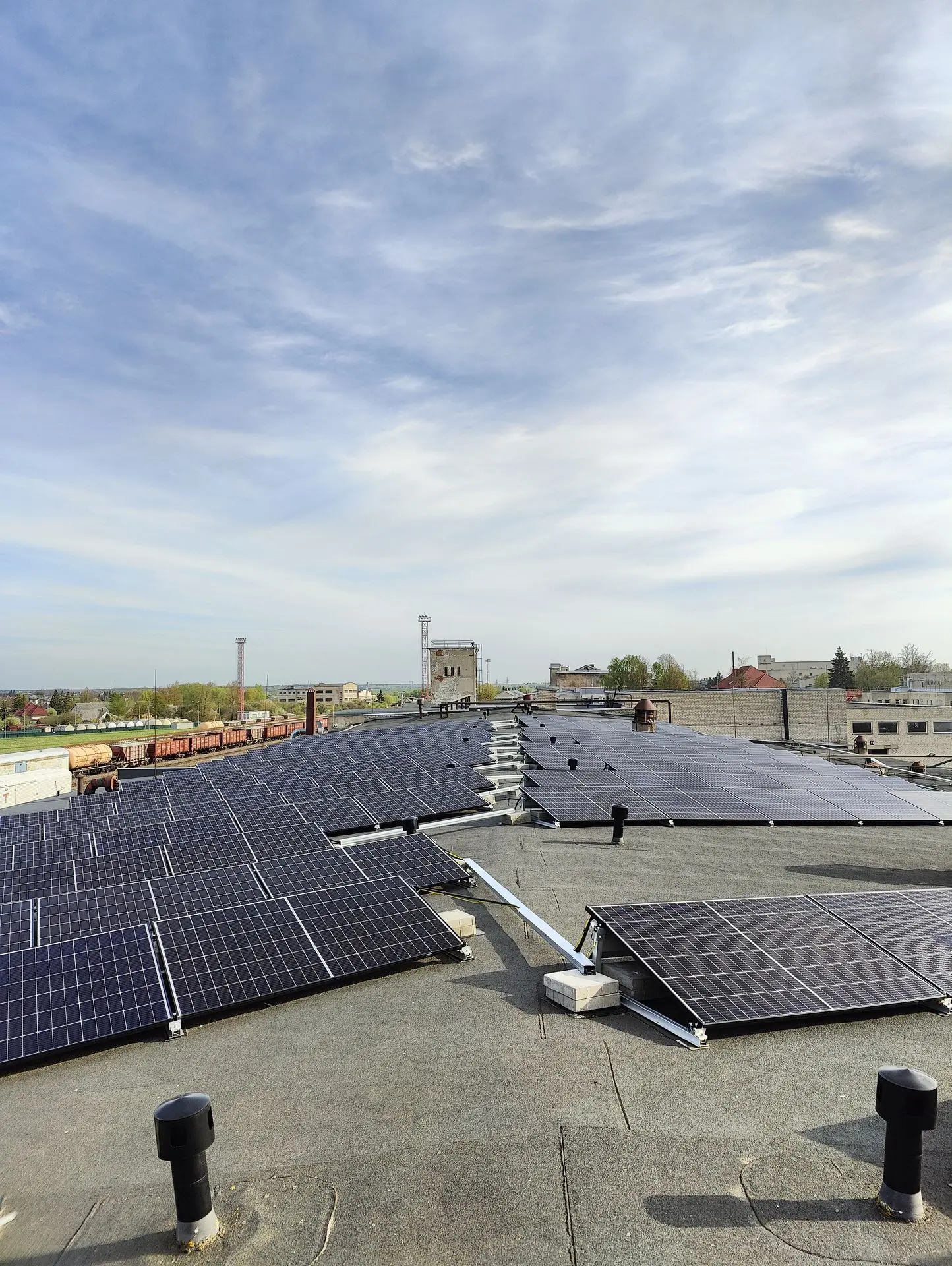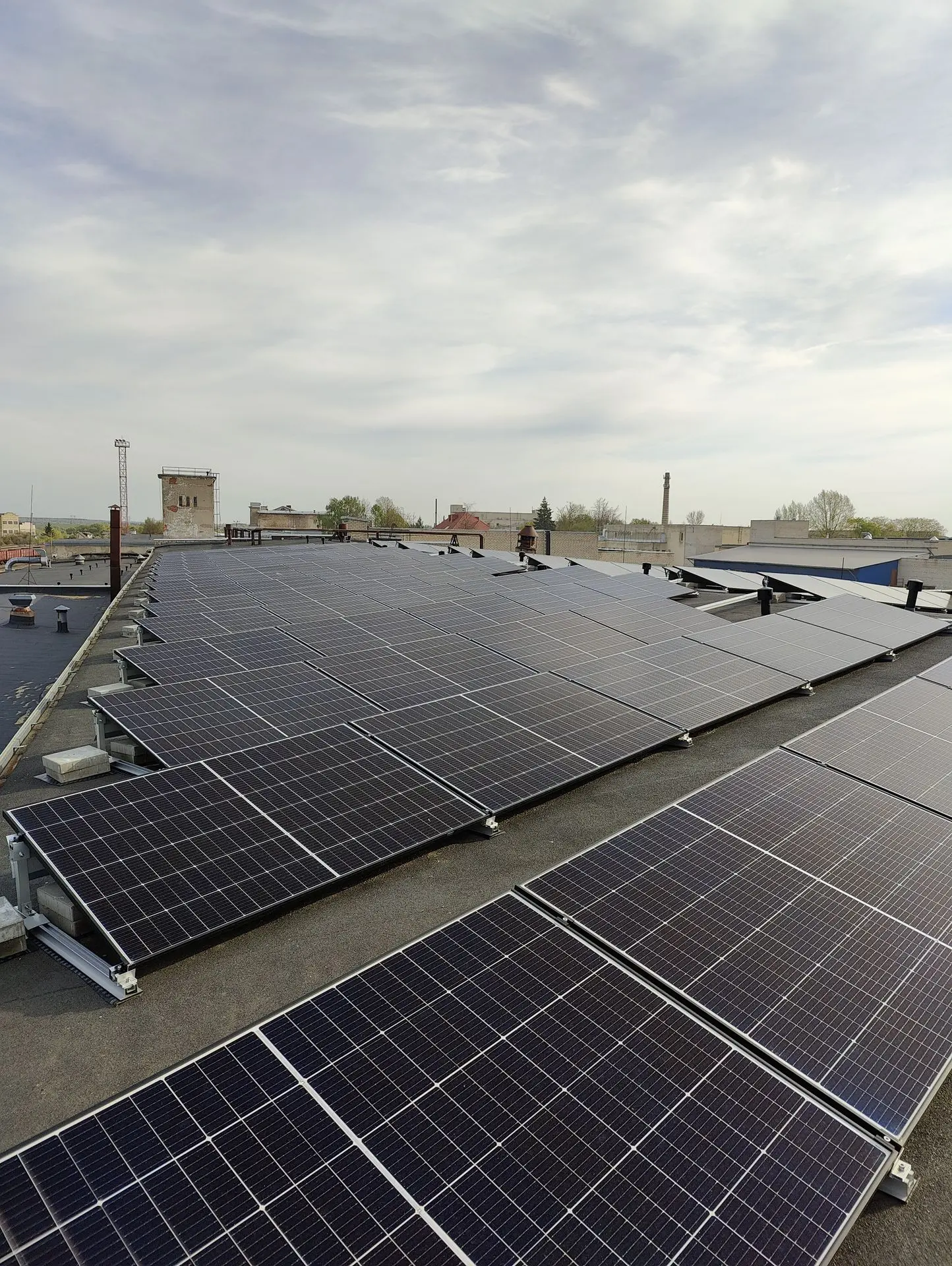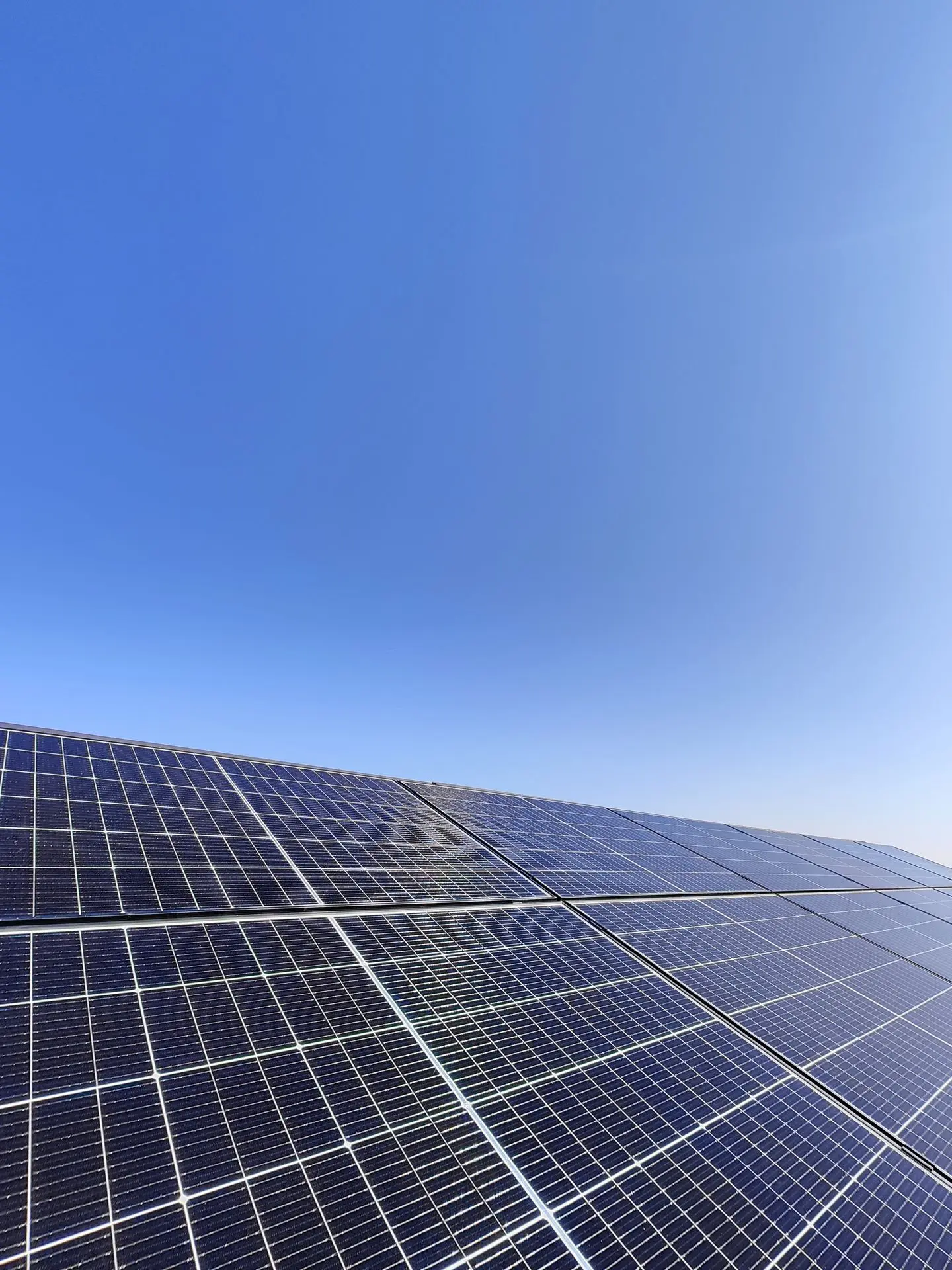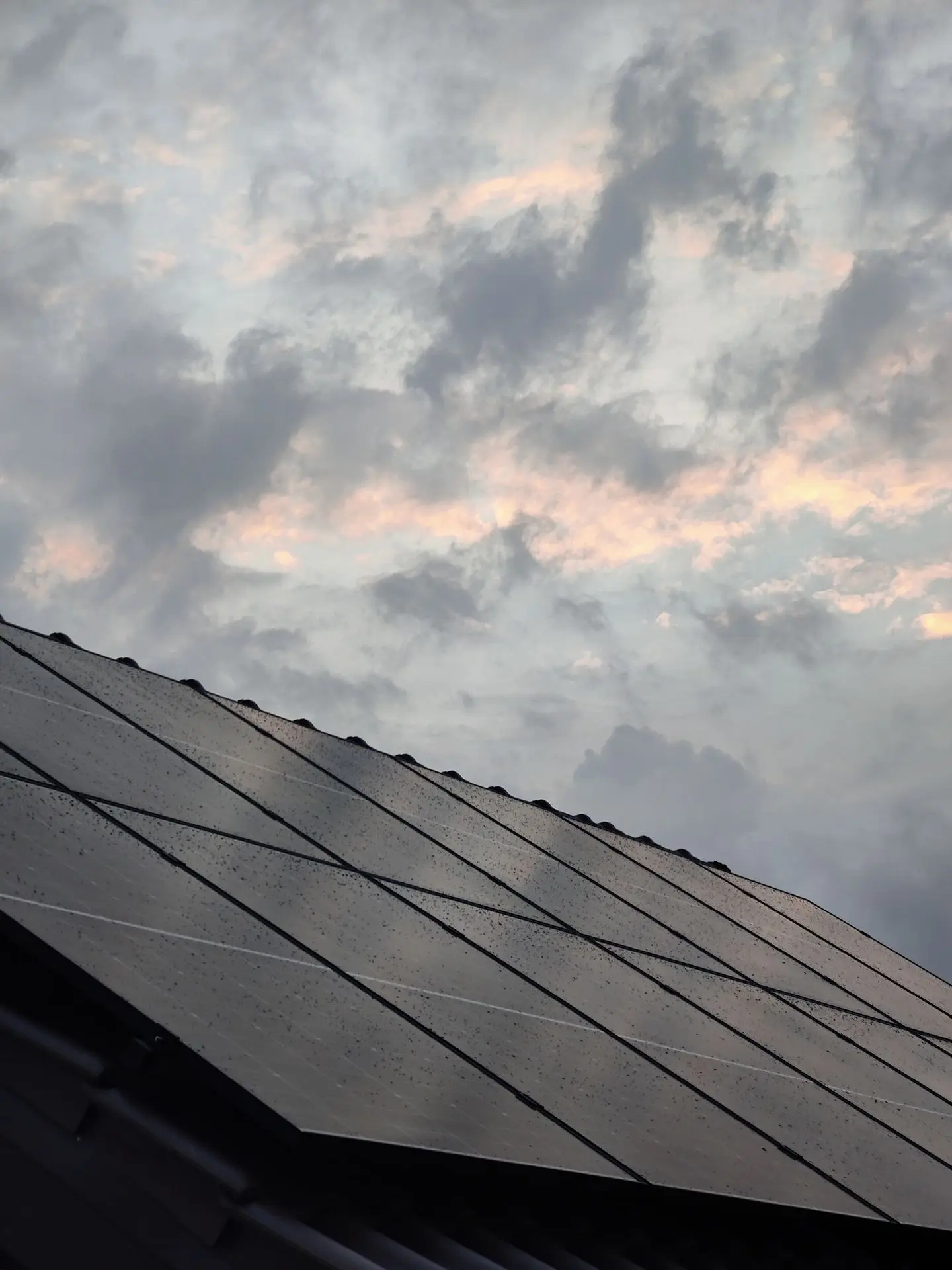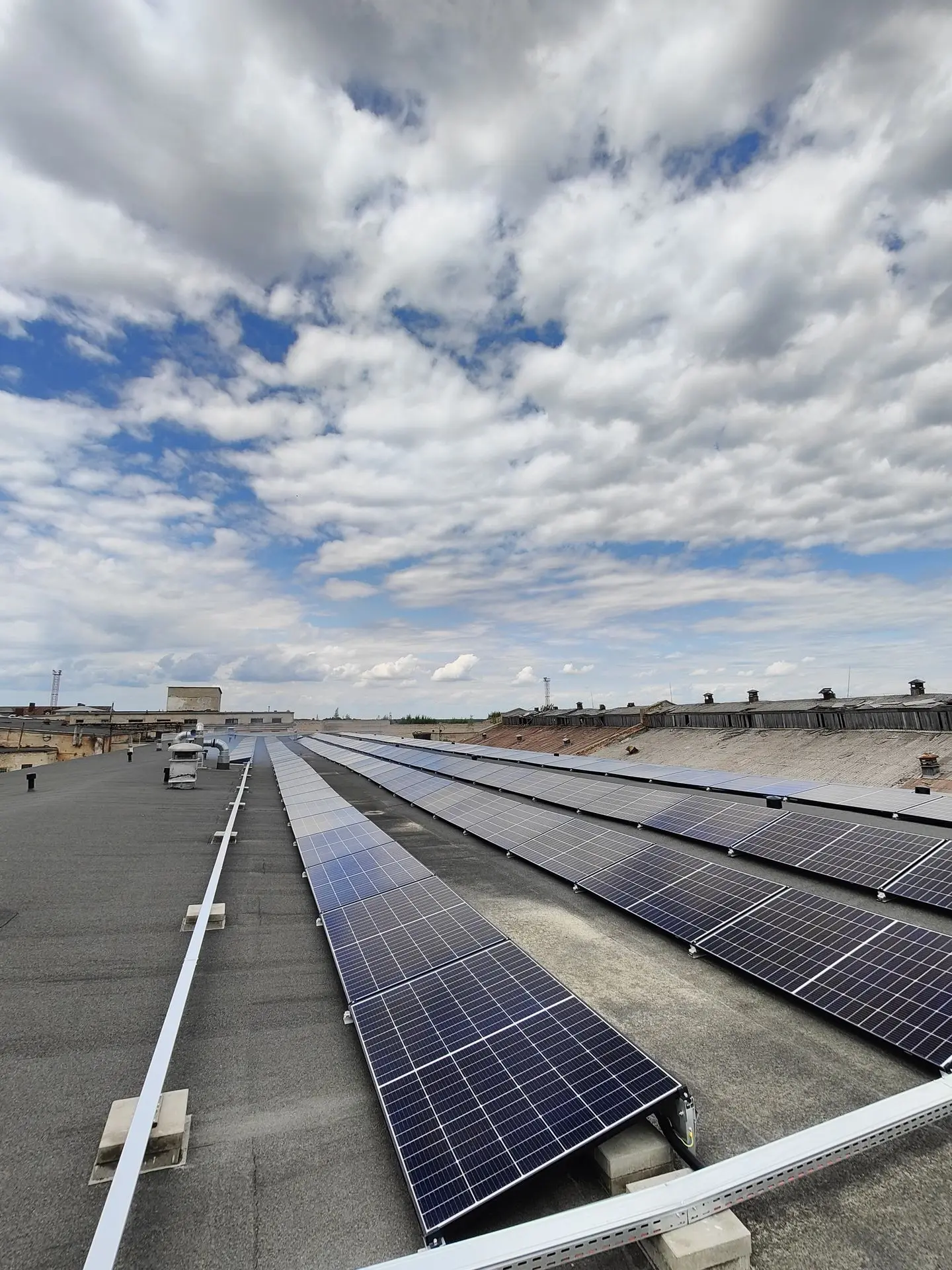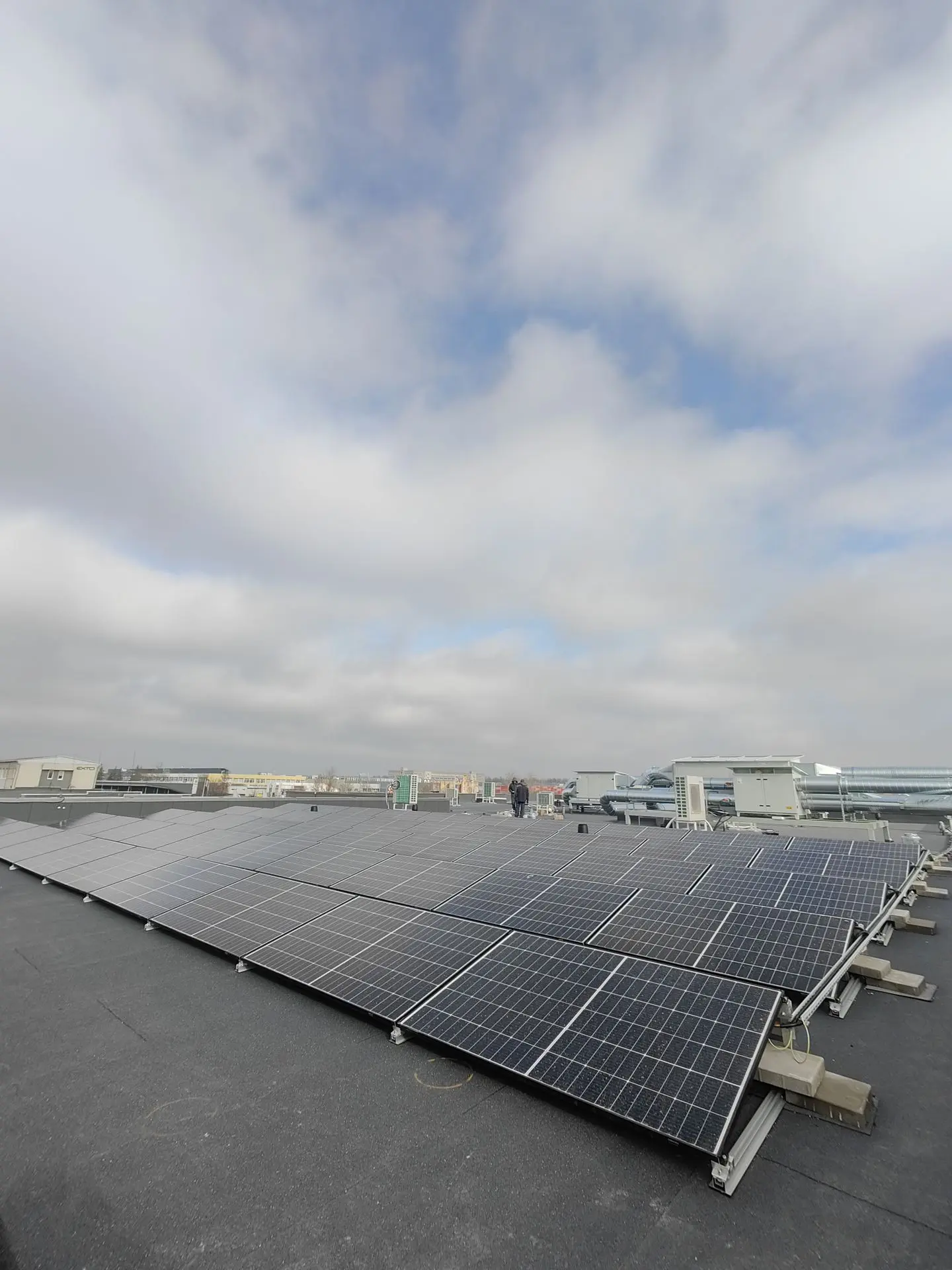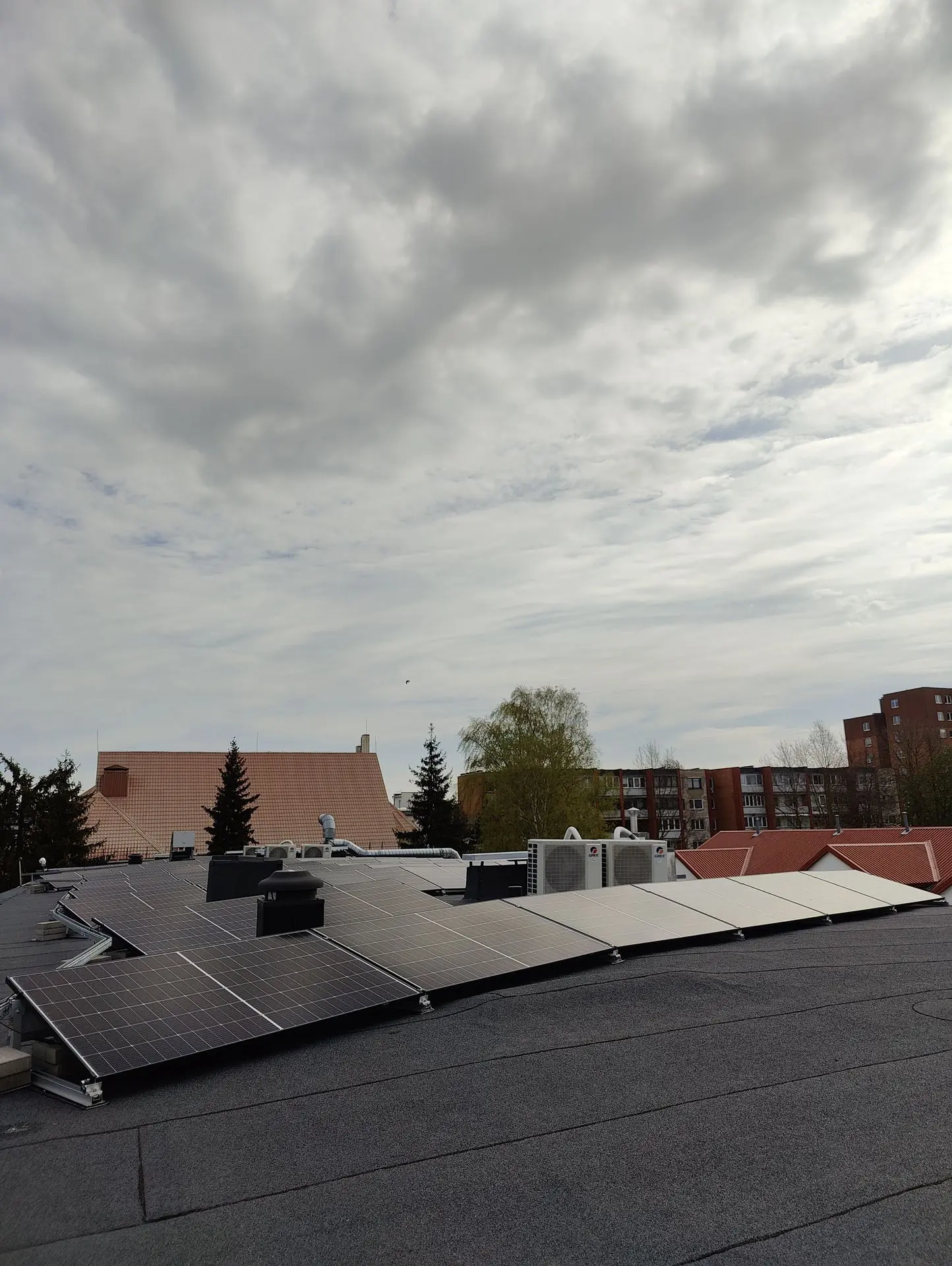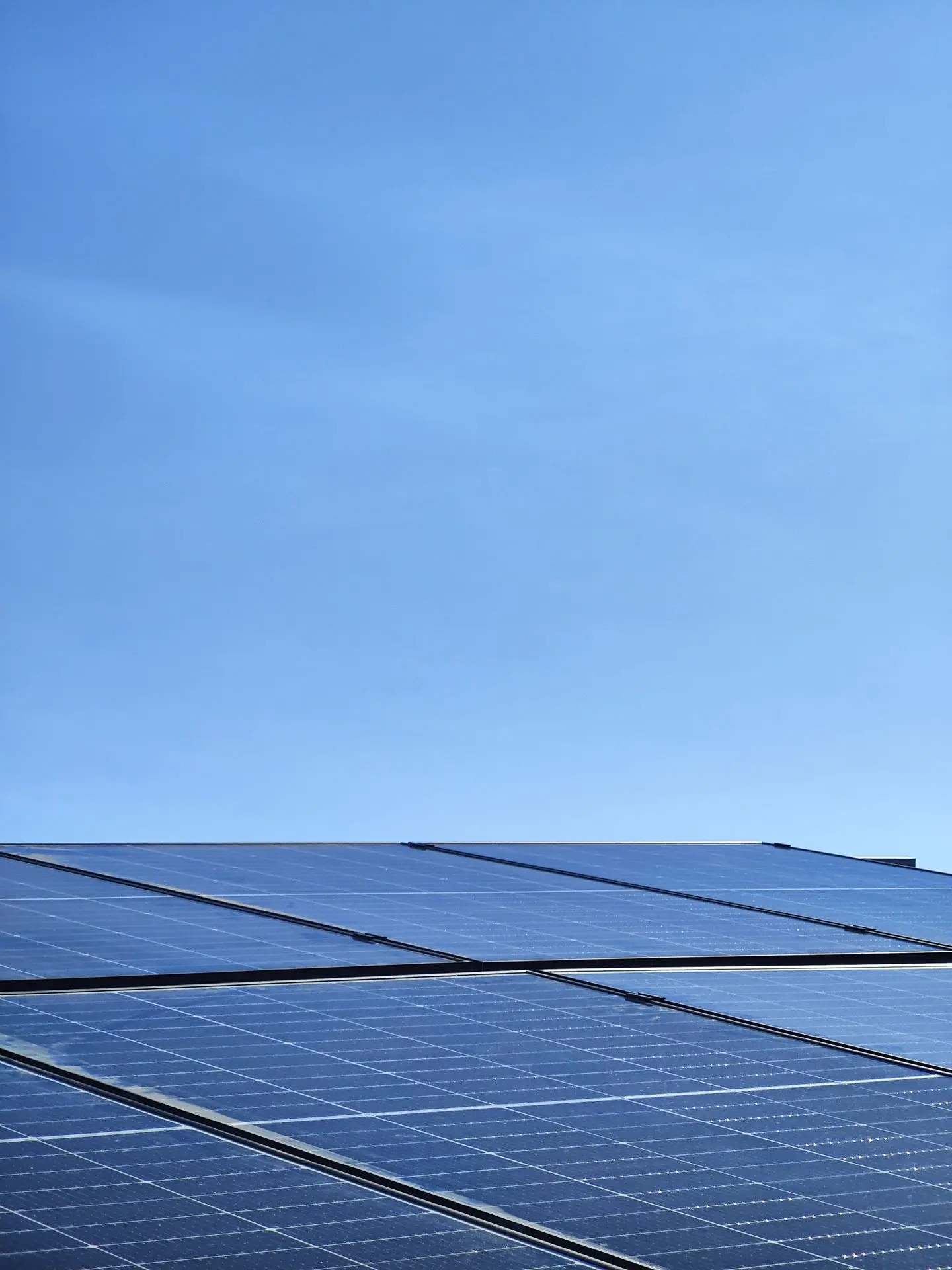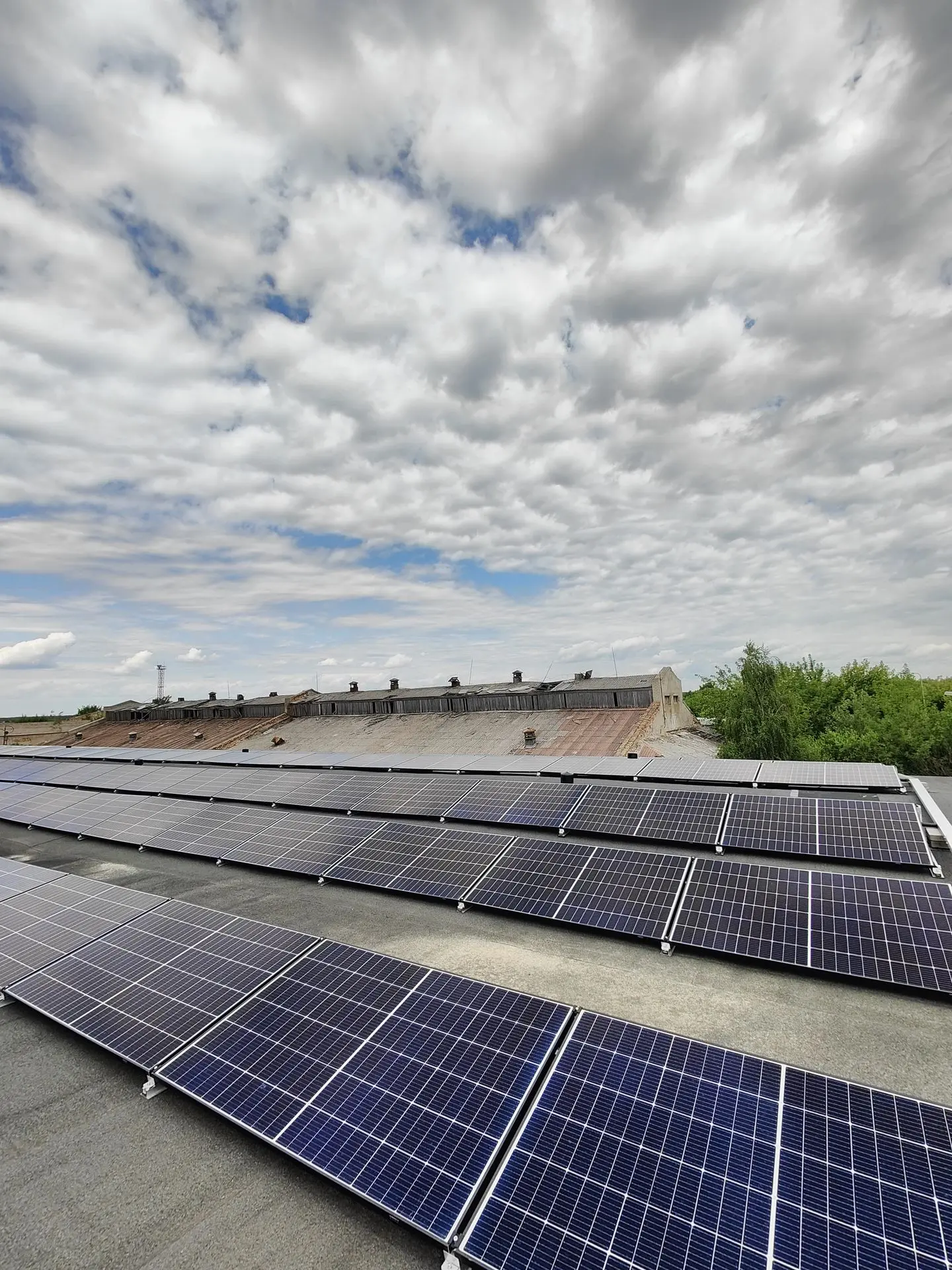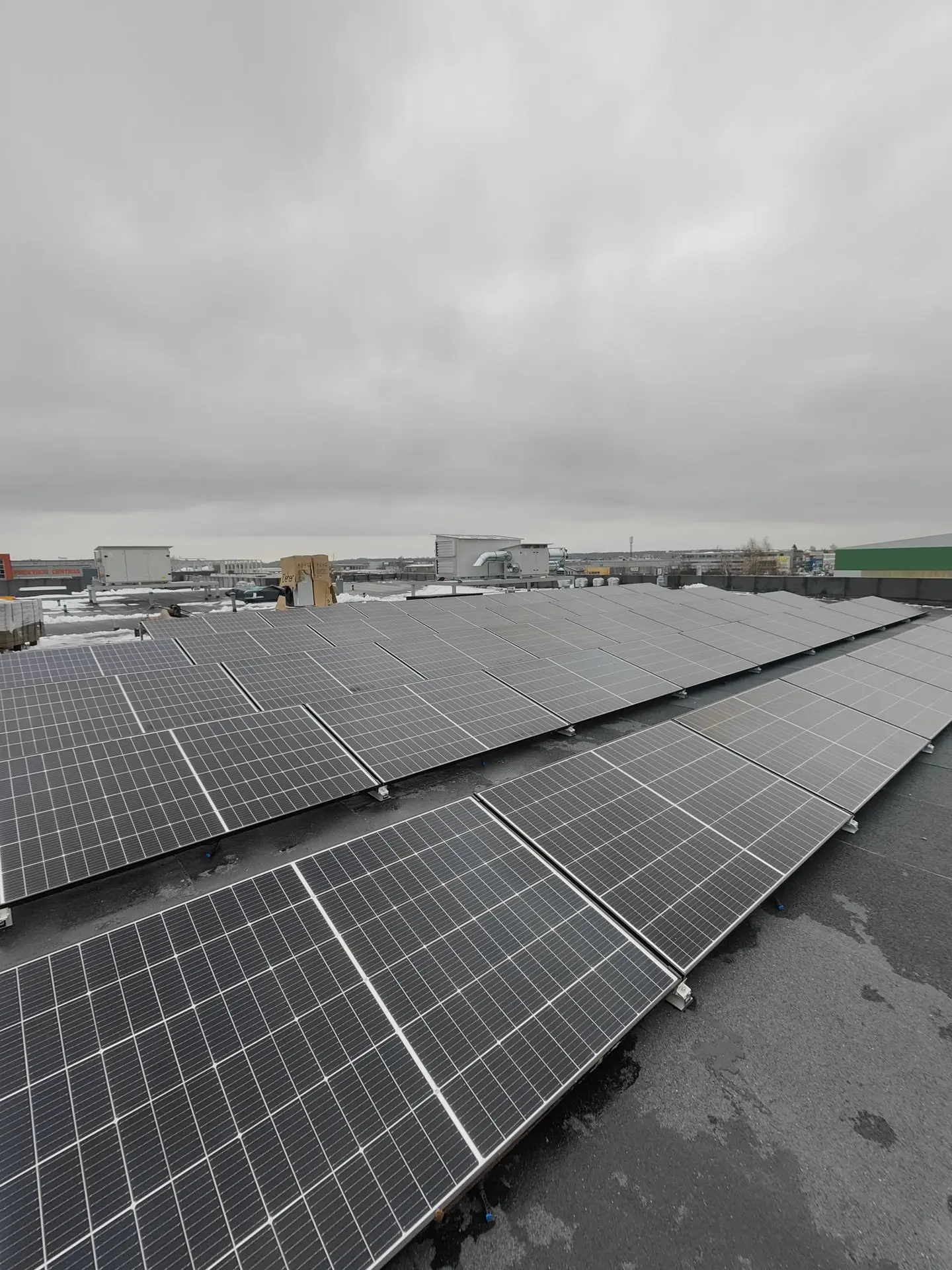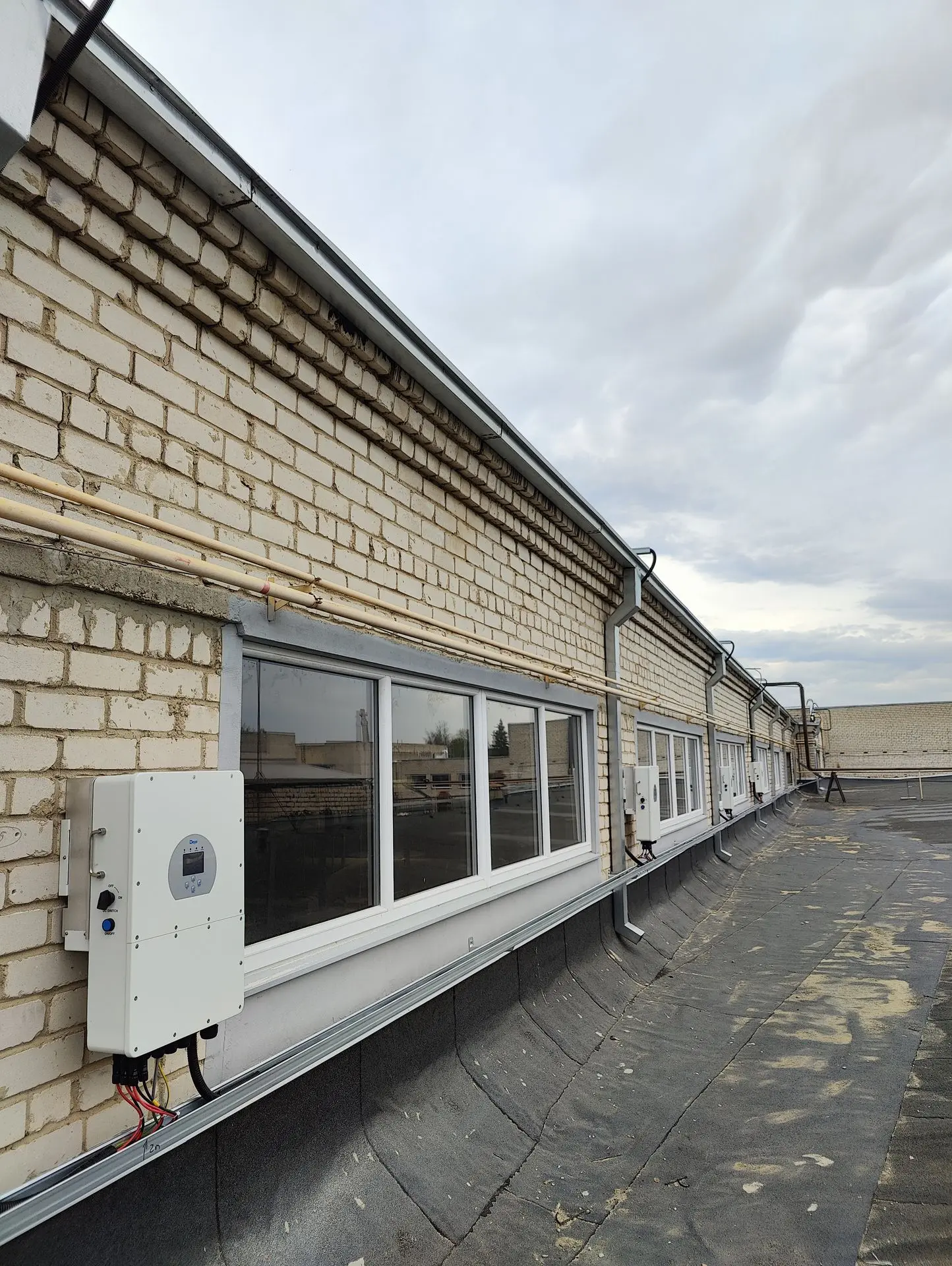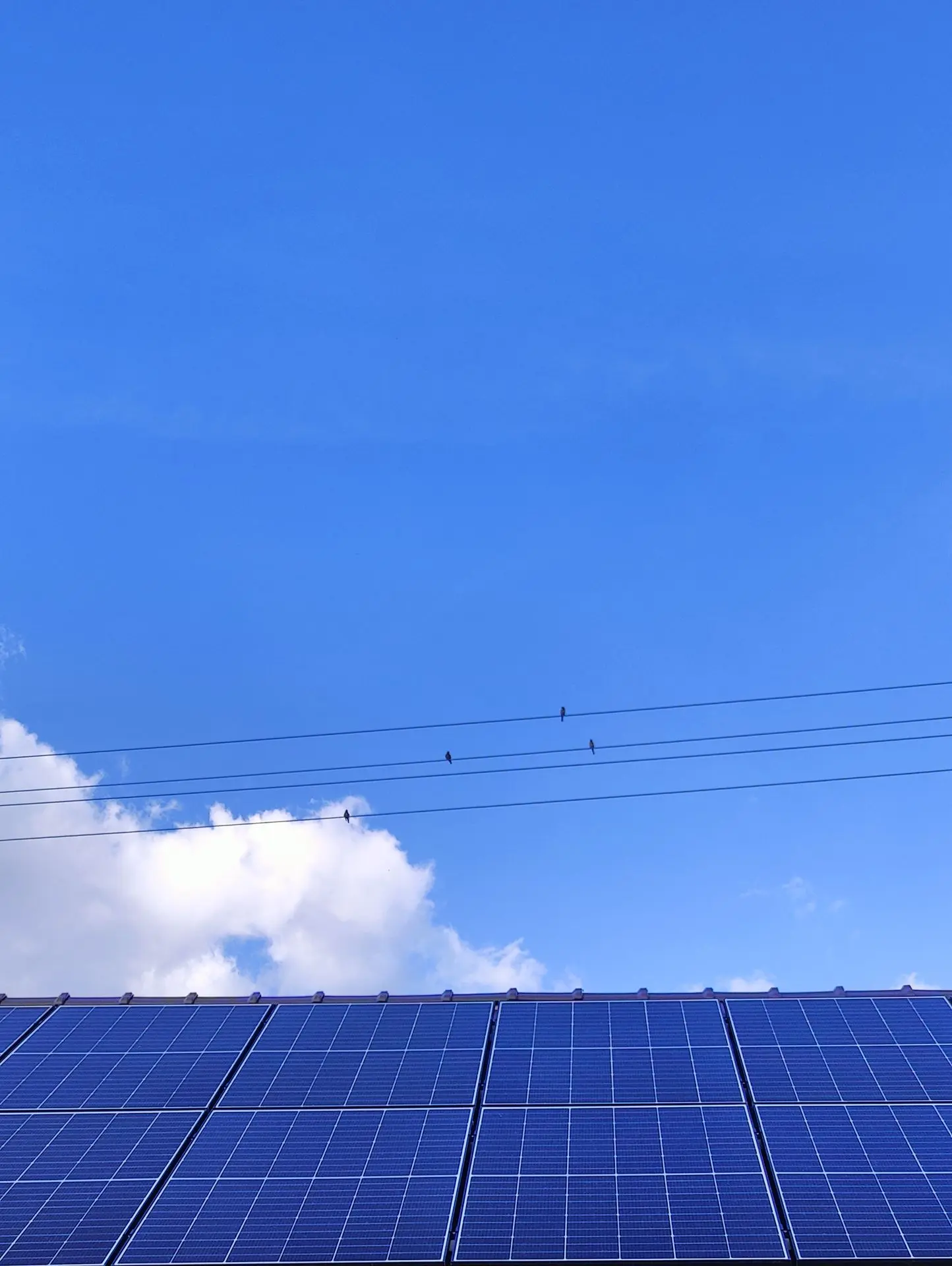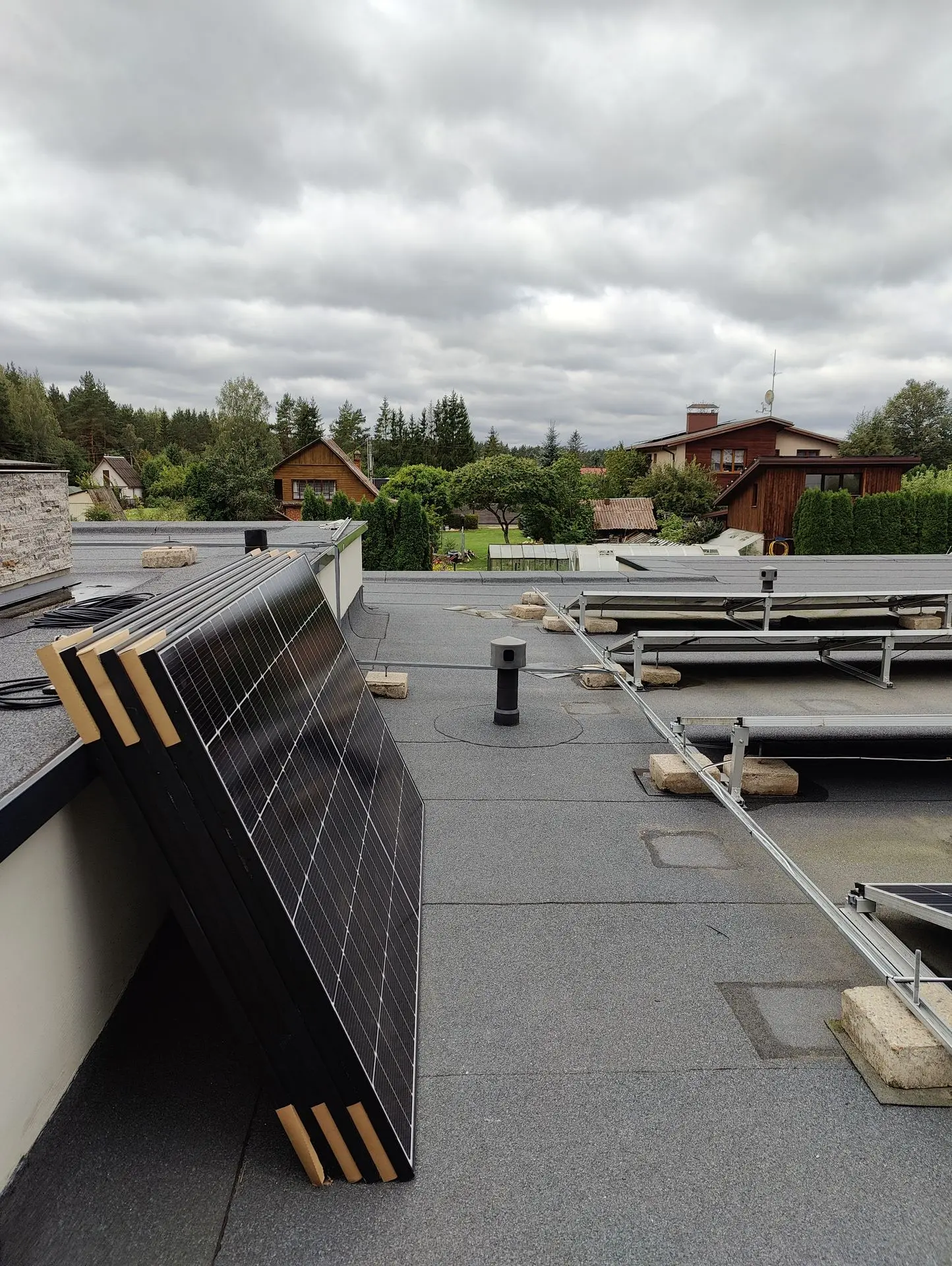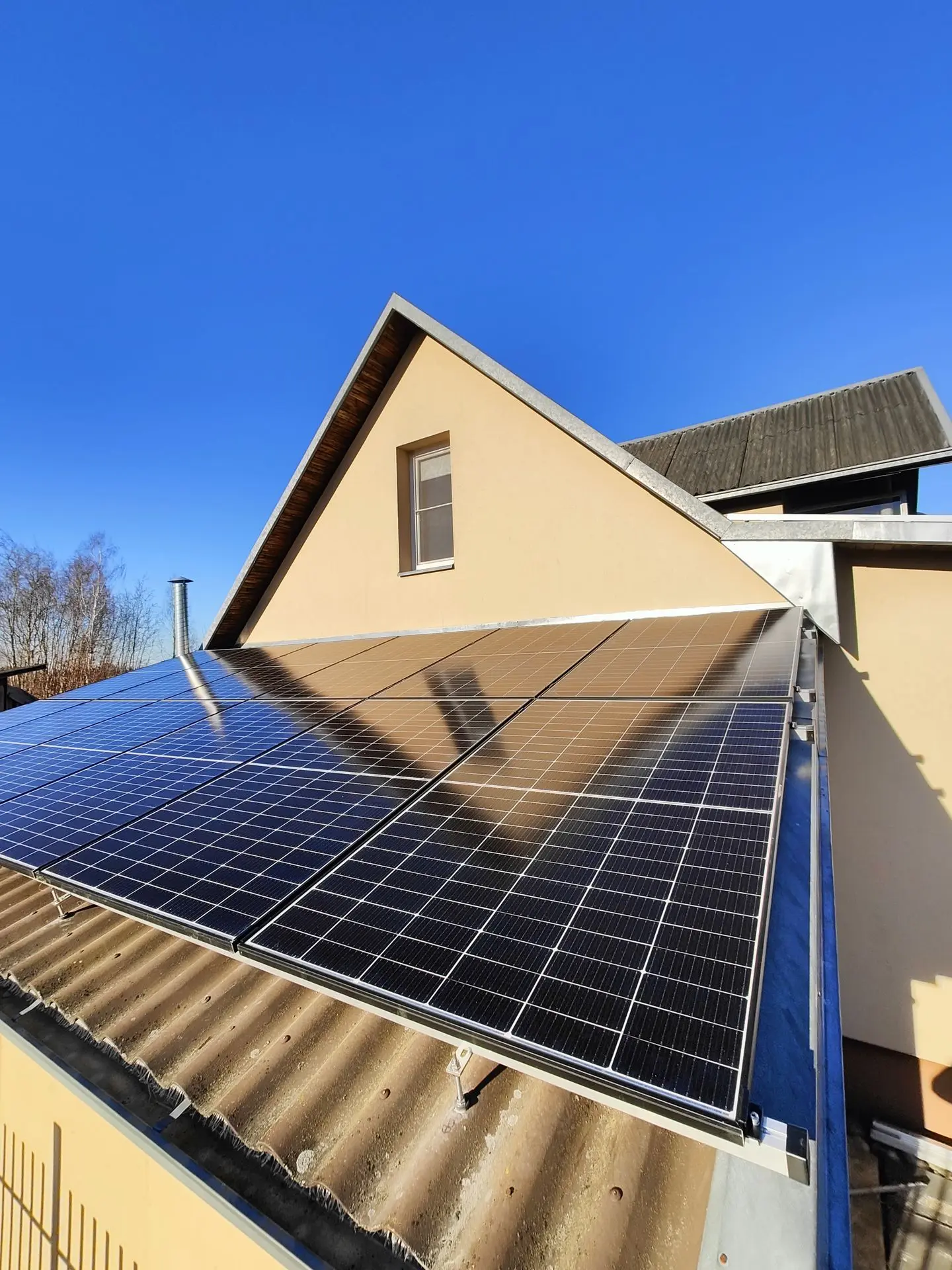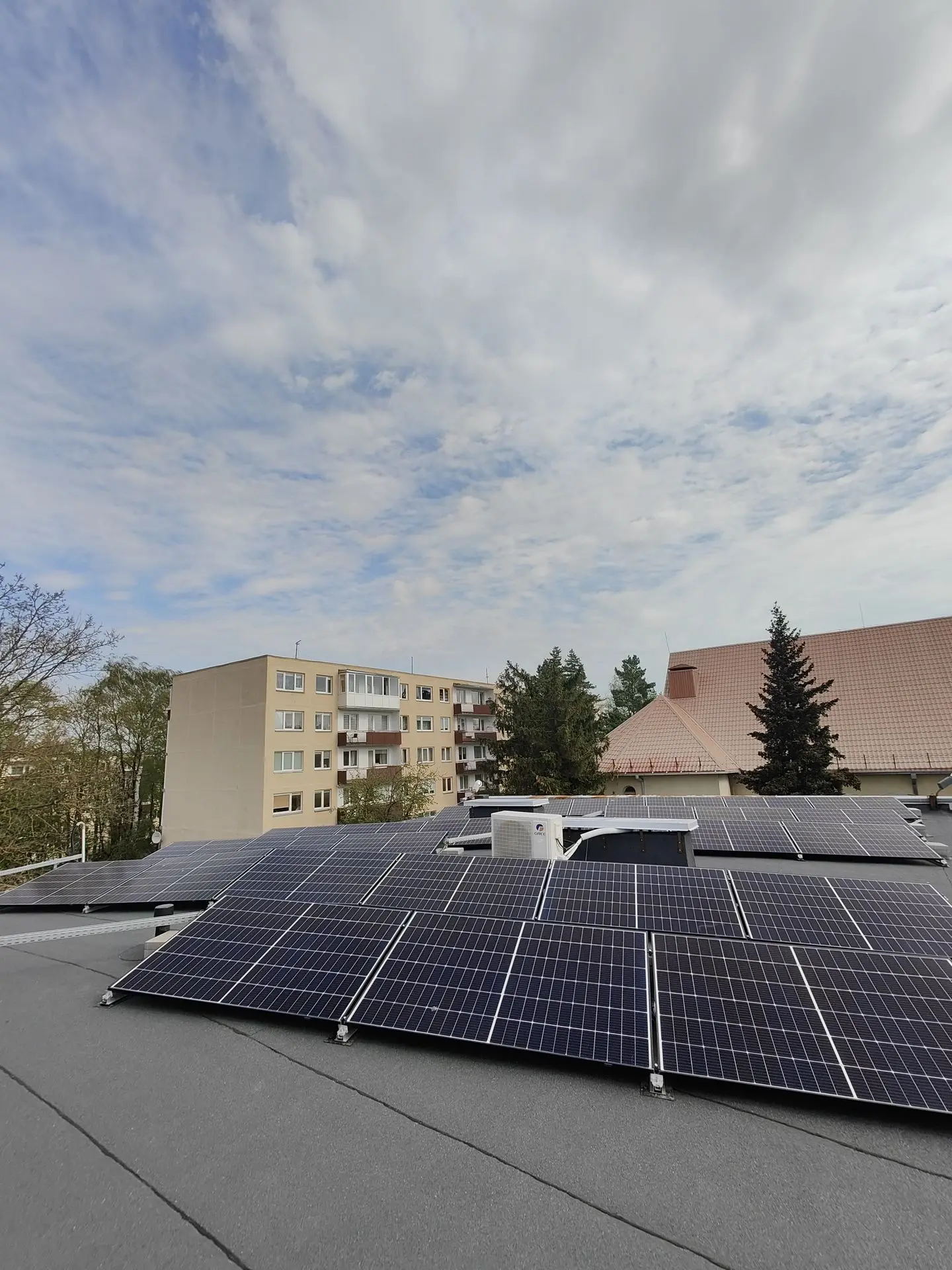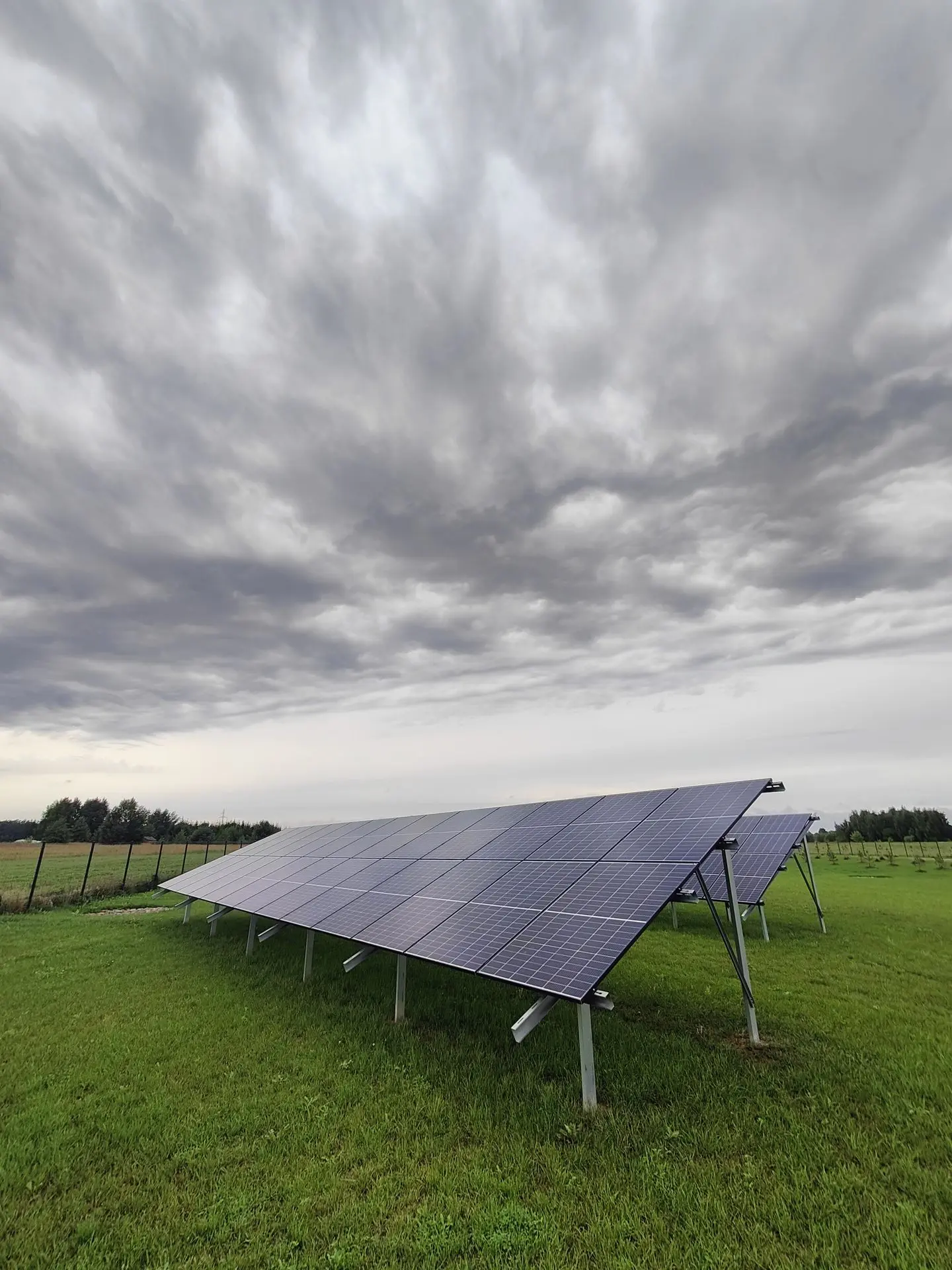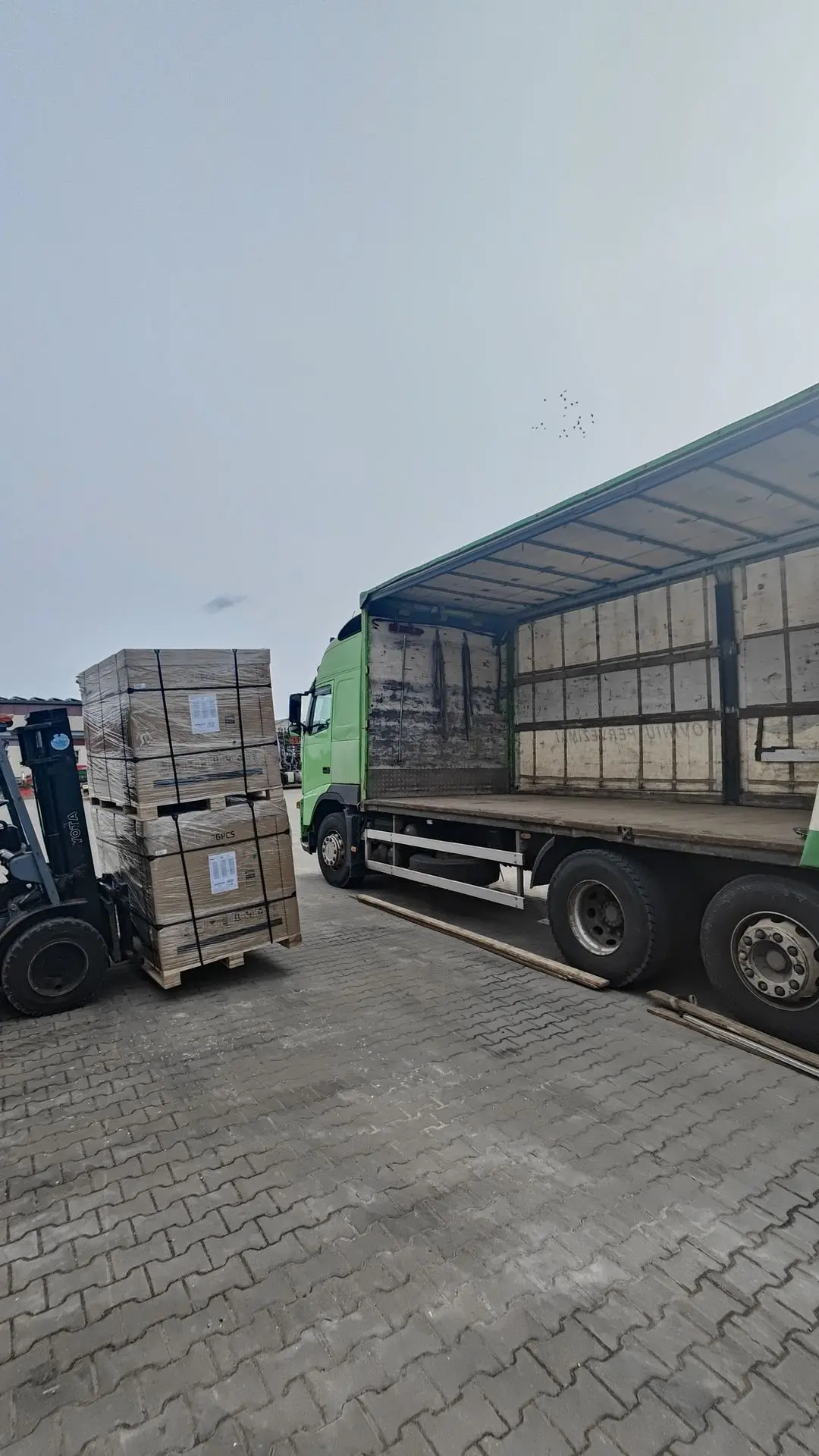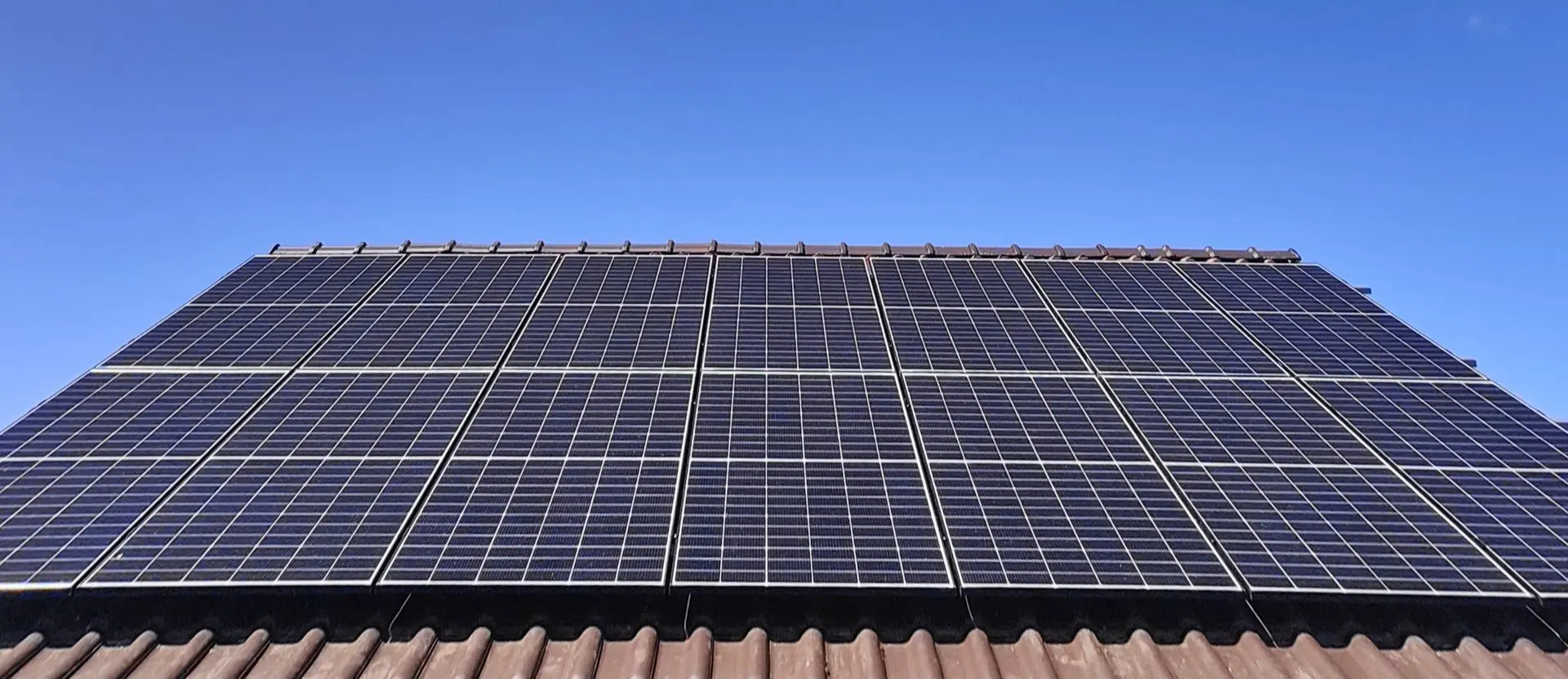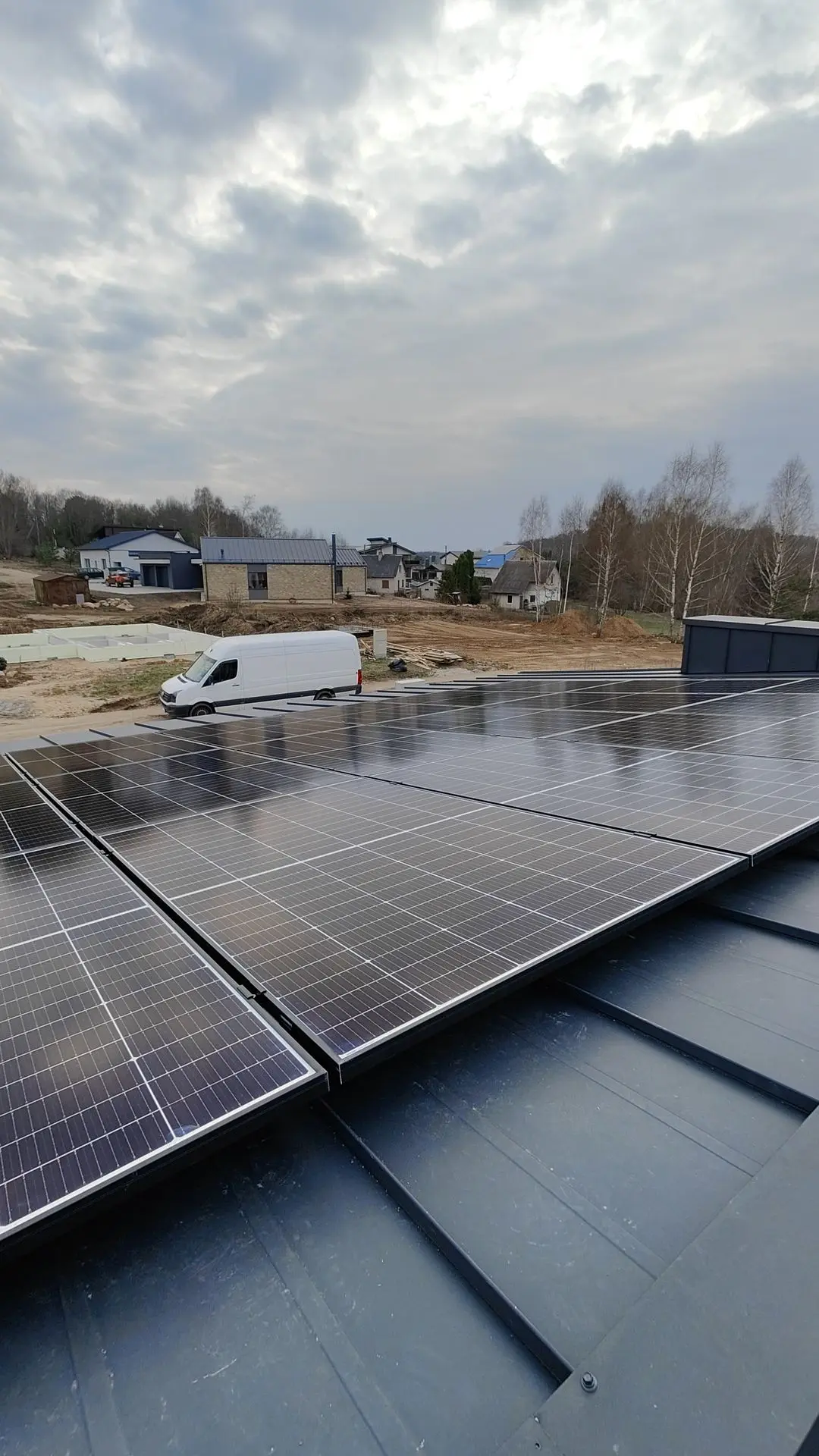What does the Solar Power Plant consist of?
Solar Modules
Advanced devices that convert sunlight into electricity. Made up of photovoltaic cells that absorb solar radiation and generate direct current (DC). These modules are a key part of a solar power plant, enabling clean, renewable energy for both homes and businesses.
Main advantages:
- Environmental friendliness: Does not pollute the environment and reduces CO₂ emissions.
- Economic benefits: Reduces electricity bills and reduces dependence on power grid.
- Longevity: Solar modules can operate efficiently for more than 25 years.
It's a modern solution that helps you save resources and contribute to a cleaner planet.
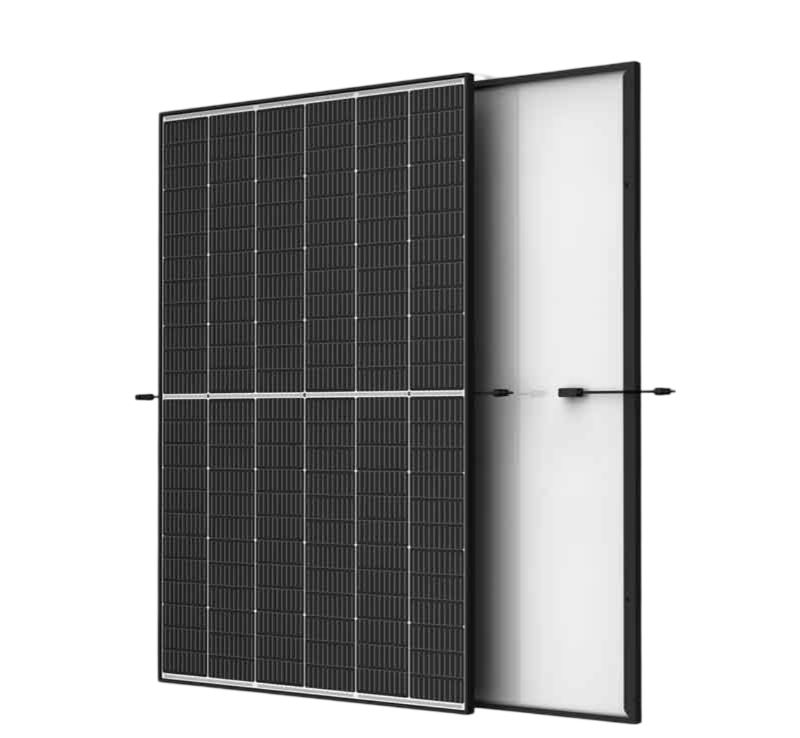
Energy Storage Systems
Energy storage systems are devices designed to store excess electricity so it can be used later—when the solar power system isn’t generating enough energy, such as at night or on cloudy days. They help increase energy independence and allow more efficient use of the electricity produced by solar panels.
The most popular storage solutions are LiFePo battery systems, known for their durability, high efficiency, and fast charging capabilities.
Energy storage systems can be integrated with hybrid inverters, which automatically switch the power supply between solar energy, the battery, and the grid. This makes them a reliable solution for those looking to reduce electricity bills and ensure uninterrupted power supply even during grid outages.
Solar Mounting Systems
A solid foundation for a solar power plant is an essential part that ensures the stability, efficiency and longevity of the modules. These structures not only hold the solar modules at the right angle for maximum absorption of sunlight, but also protect them from adverse weather conditions.
As the climate becomes more volatile and winds become stronger and more frequent, quality mounting structures become essential for the safety and longevity of a solar power plant. Improperly installed or unreliable designs can lead to damage to modules, reduced efficiency or even failure of the entire system.
Current transformers / Solar Inverters
Current converters, also called inverters, are necessary for the operation of a solar power plant. They convert the direct current (DC) produced by the solar modules into alternating current (AC) which is used in home or business electrical grids. Without this conversion, electrical appliances simply wouldn't work.
- Hybrid inverters - allow you to use solar energy, storing excess in batteries.
- Grid-tied Inverters – optimized to work with constant Grid connection.
The Solar Inverters also ensure system efficiency, protect against overvoltages, and monitor solar power plant performance in real time. It is an irreplaceable component of a solar energy system that ensures stable energy supply.
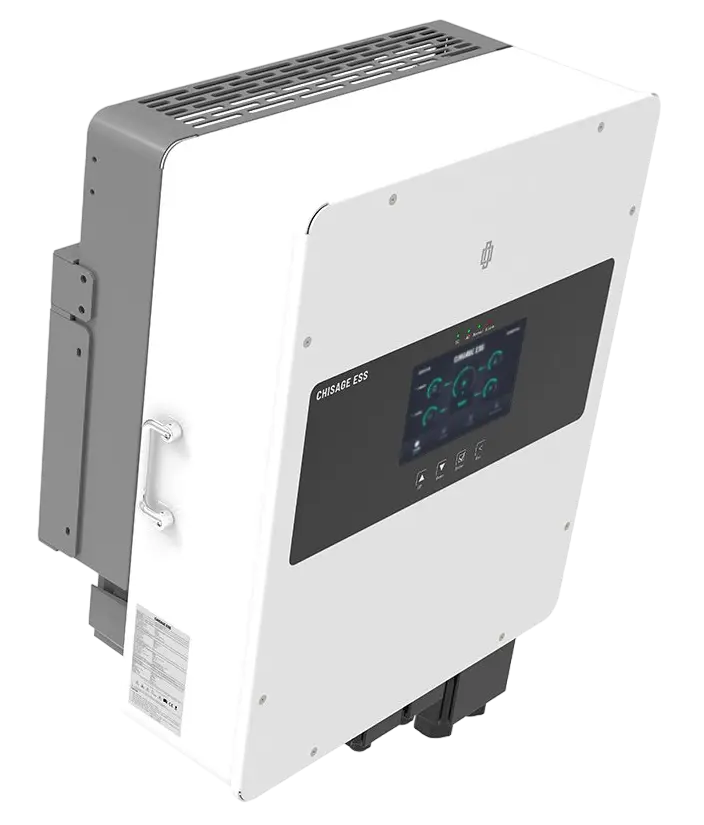
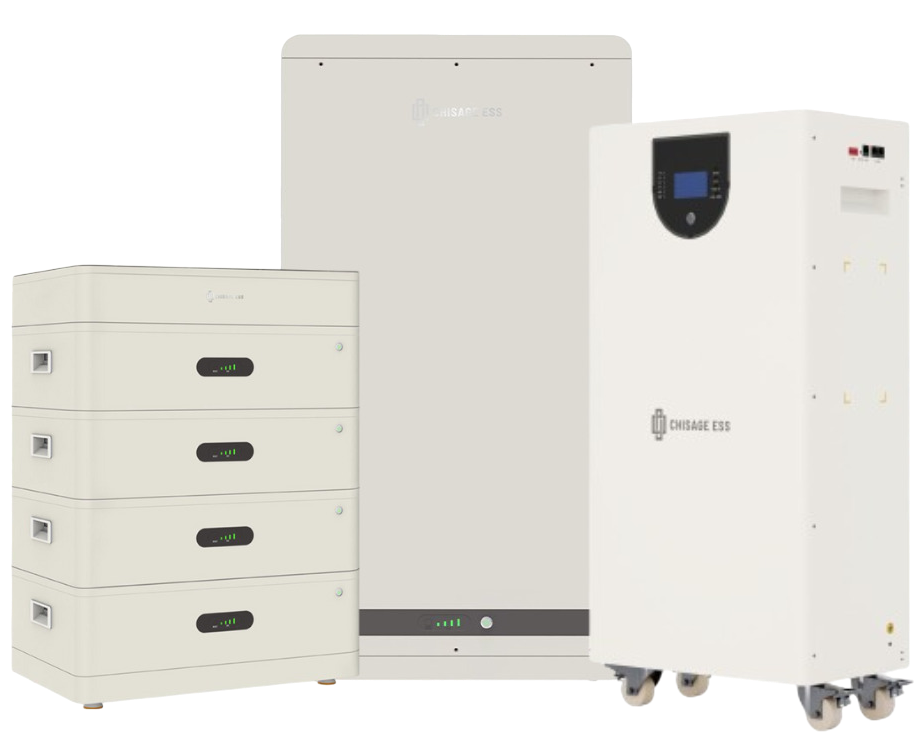
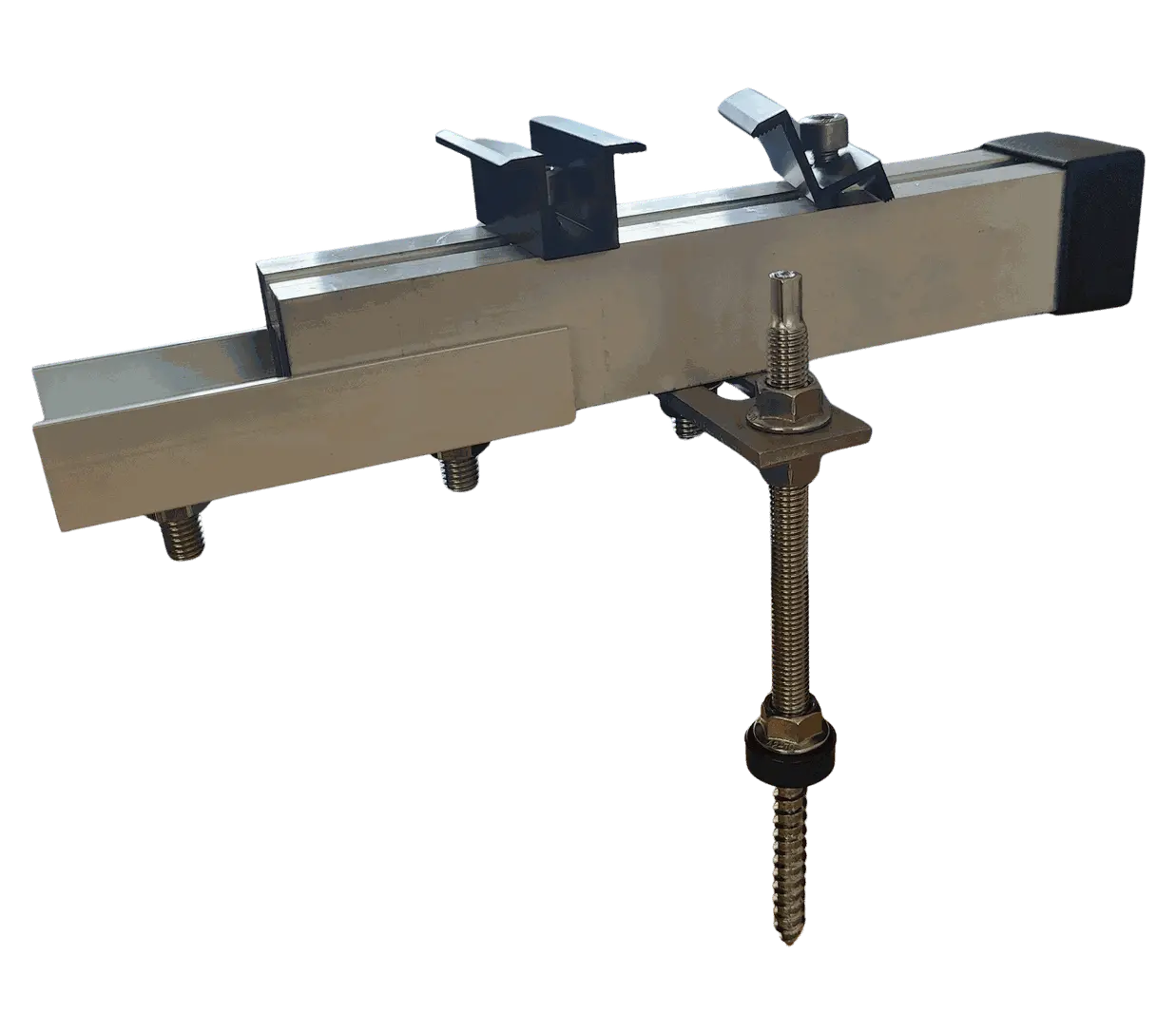
Solar Installation Materials
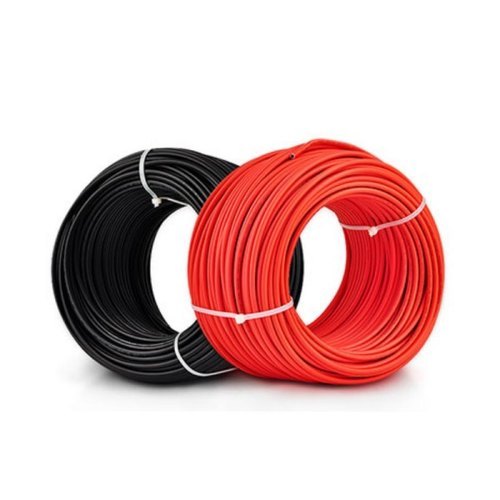
Cables
A key component in securing the energy infrastructure and directing energy to where it is most needed.
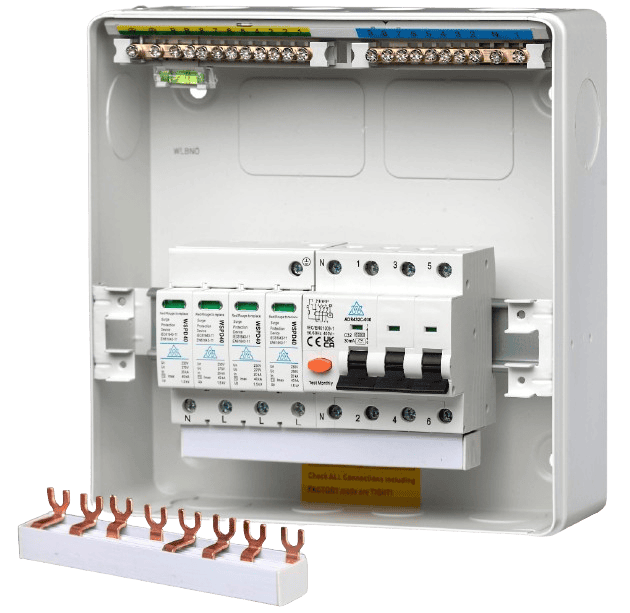
Protection
An automatic switch and a surge protector will protect your electricity network from unforeseen events.
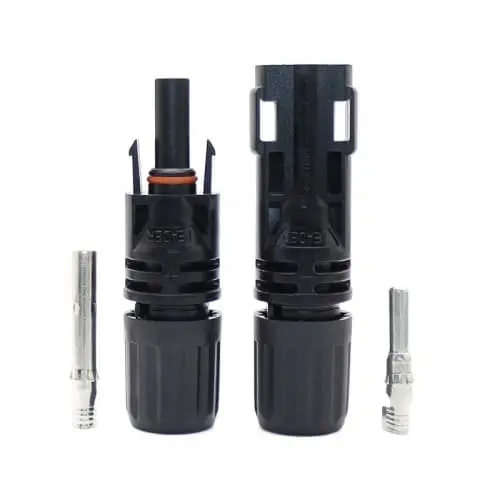
Connectors
Intermediaries between the solar modules and the inverter, a small but important helper.

